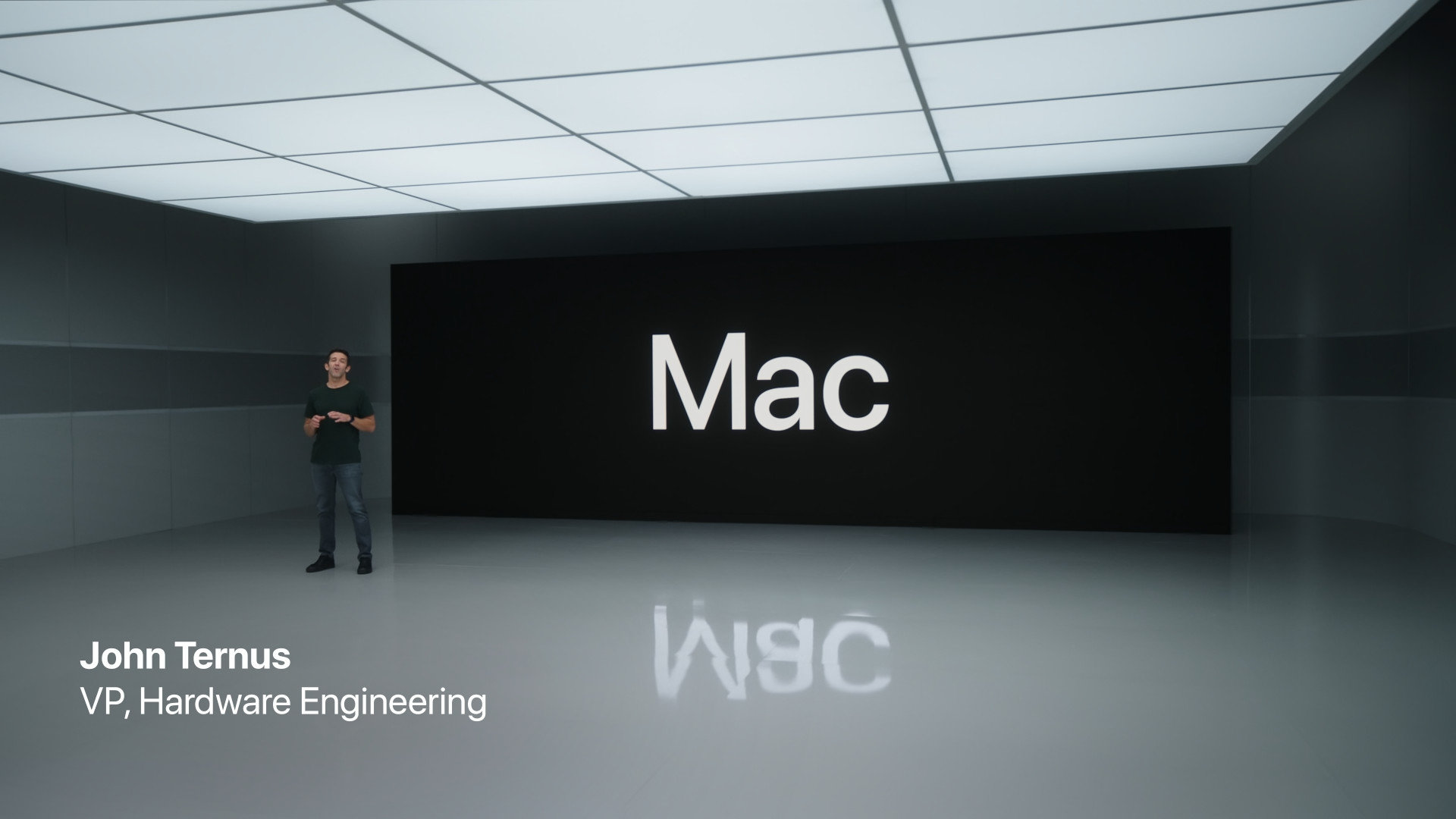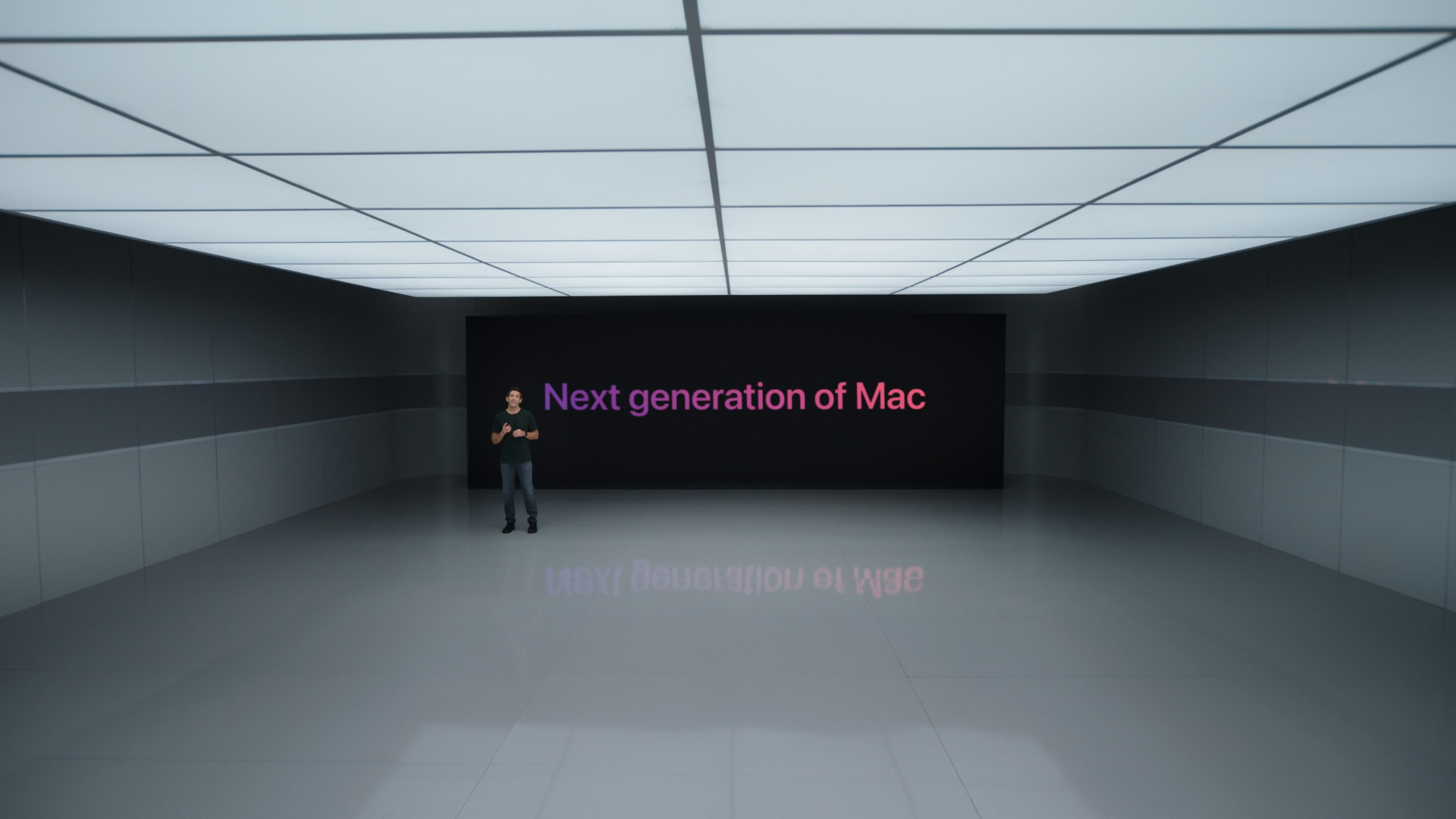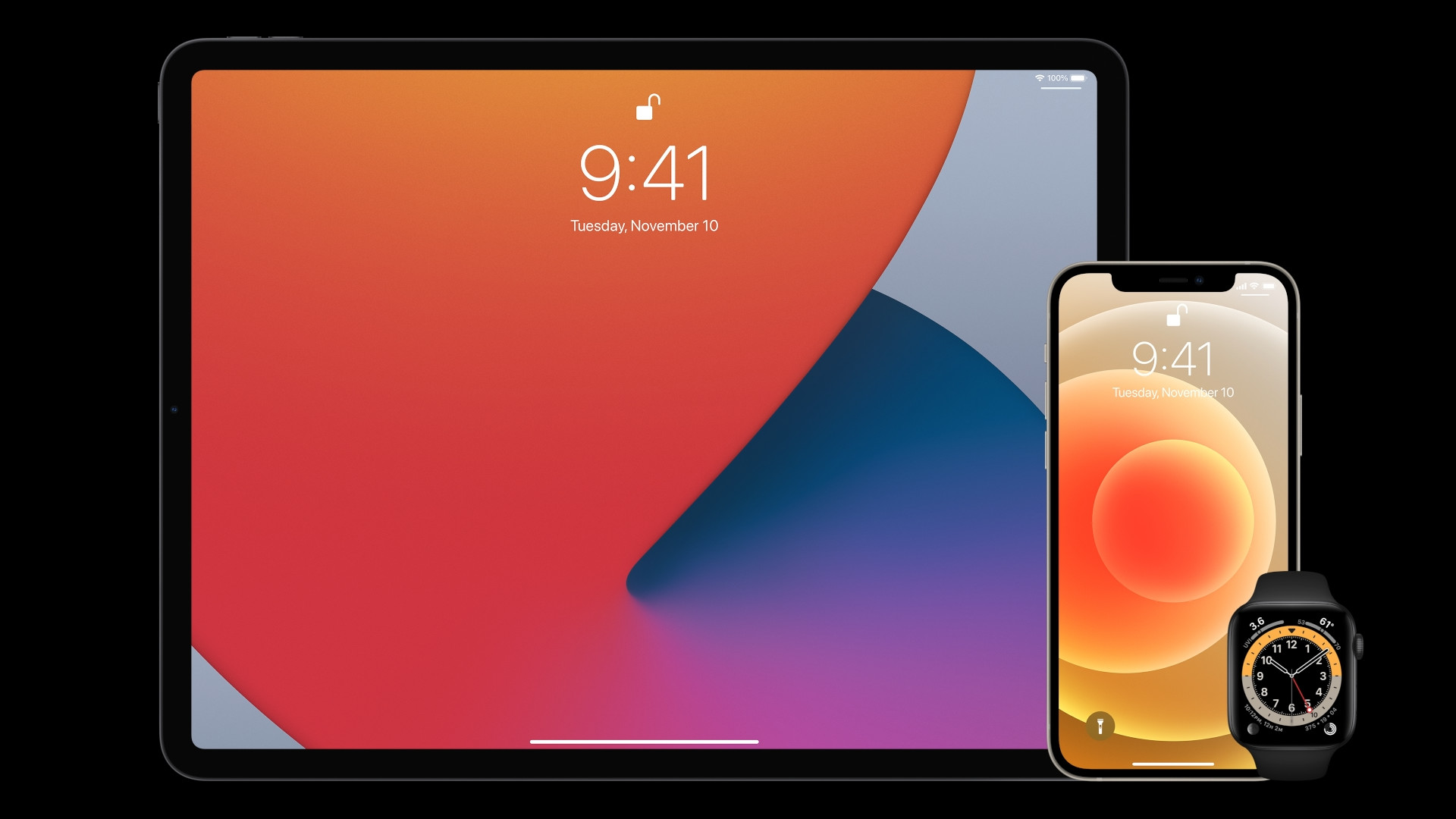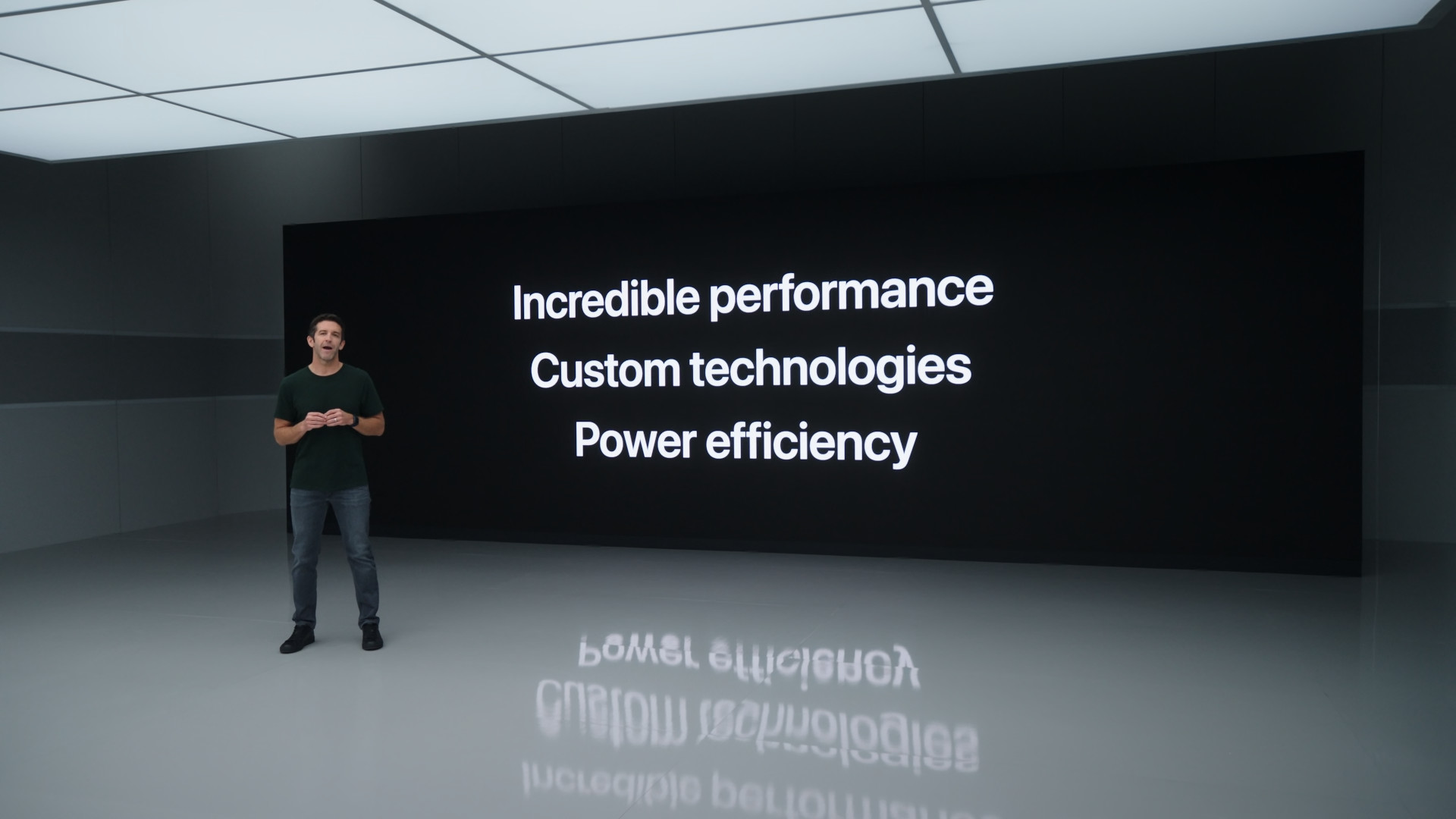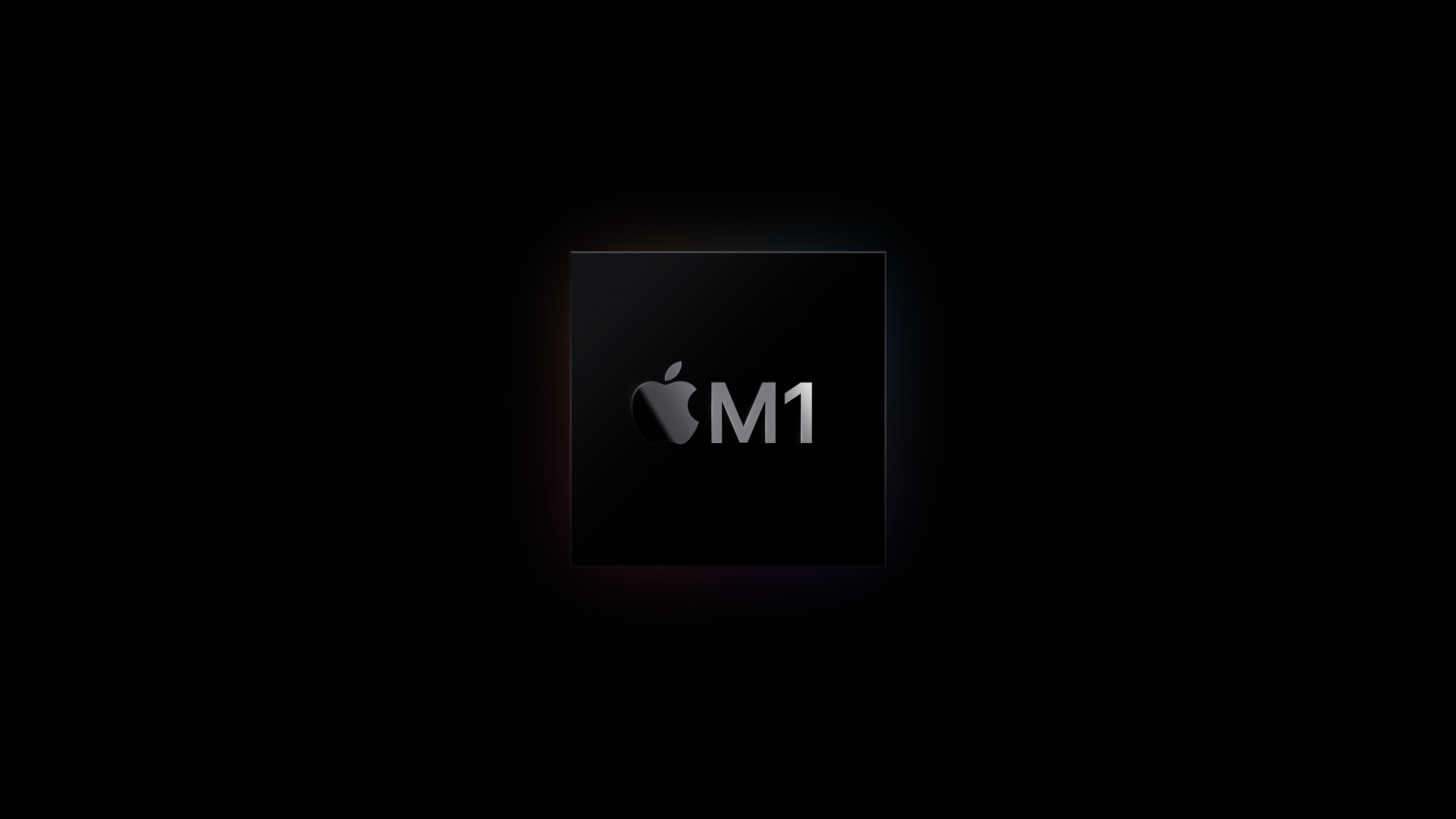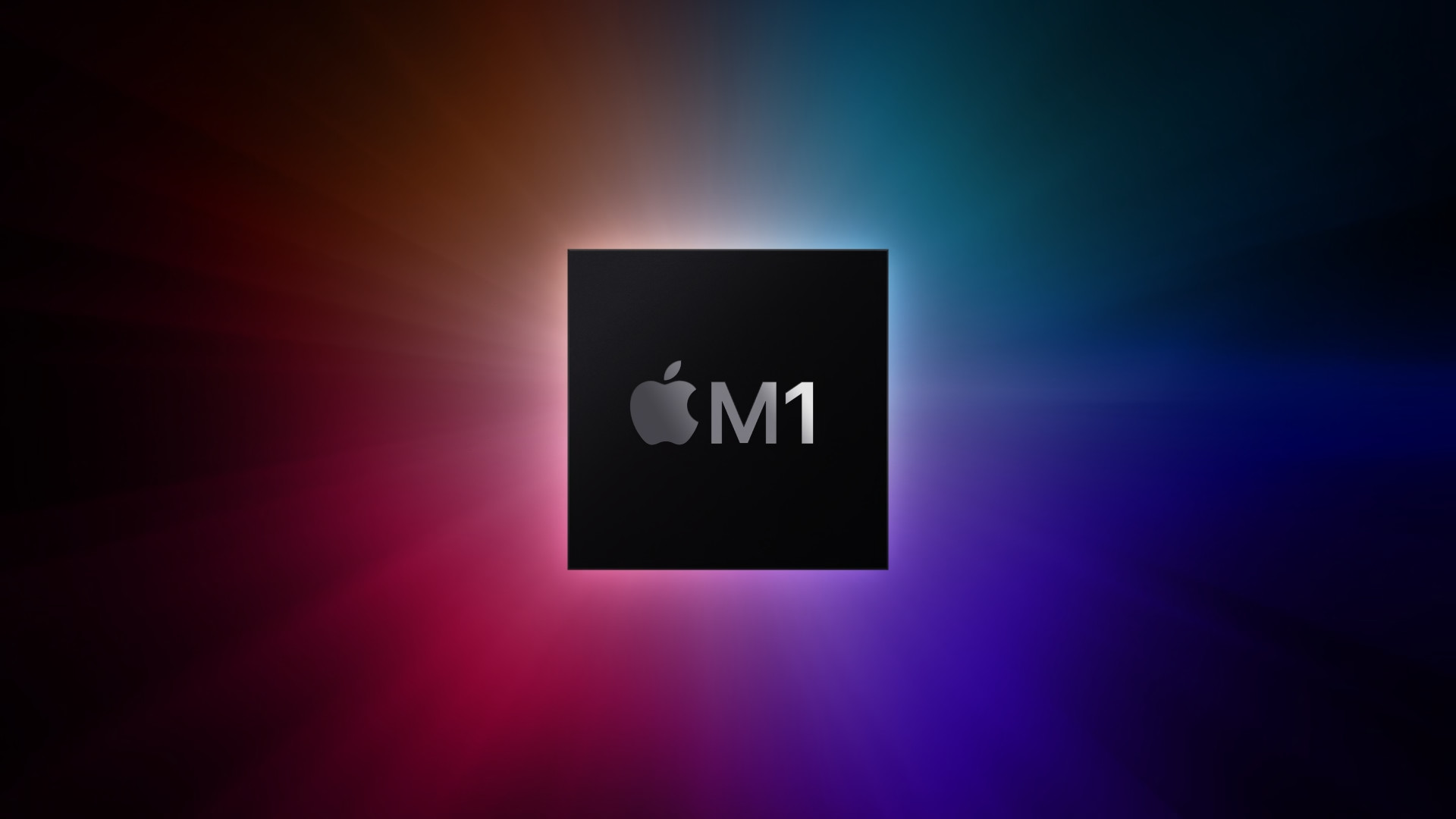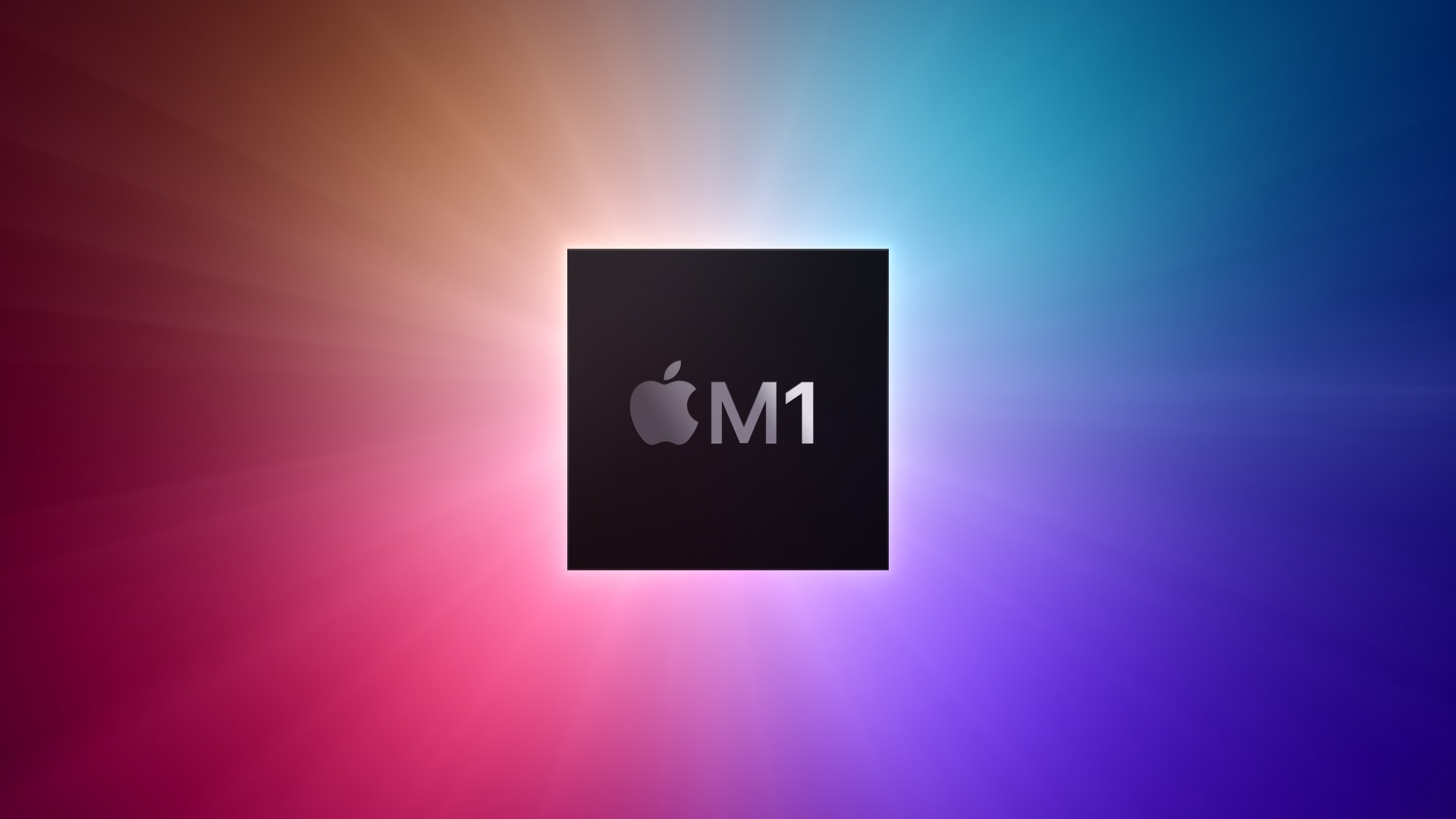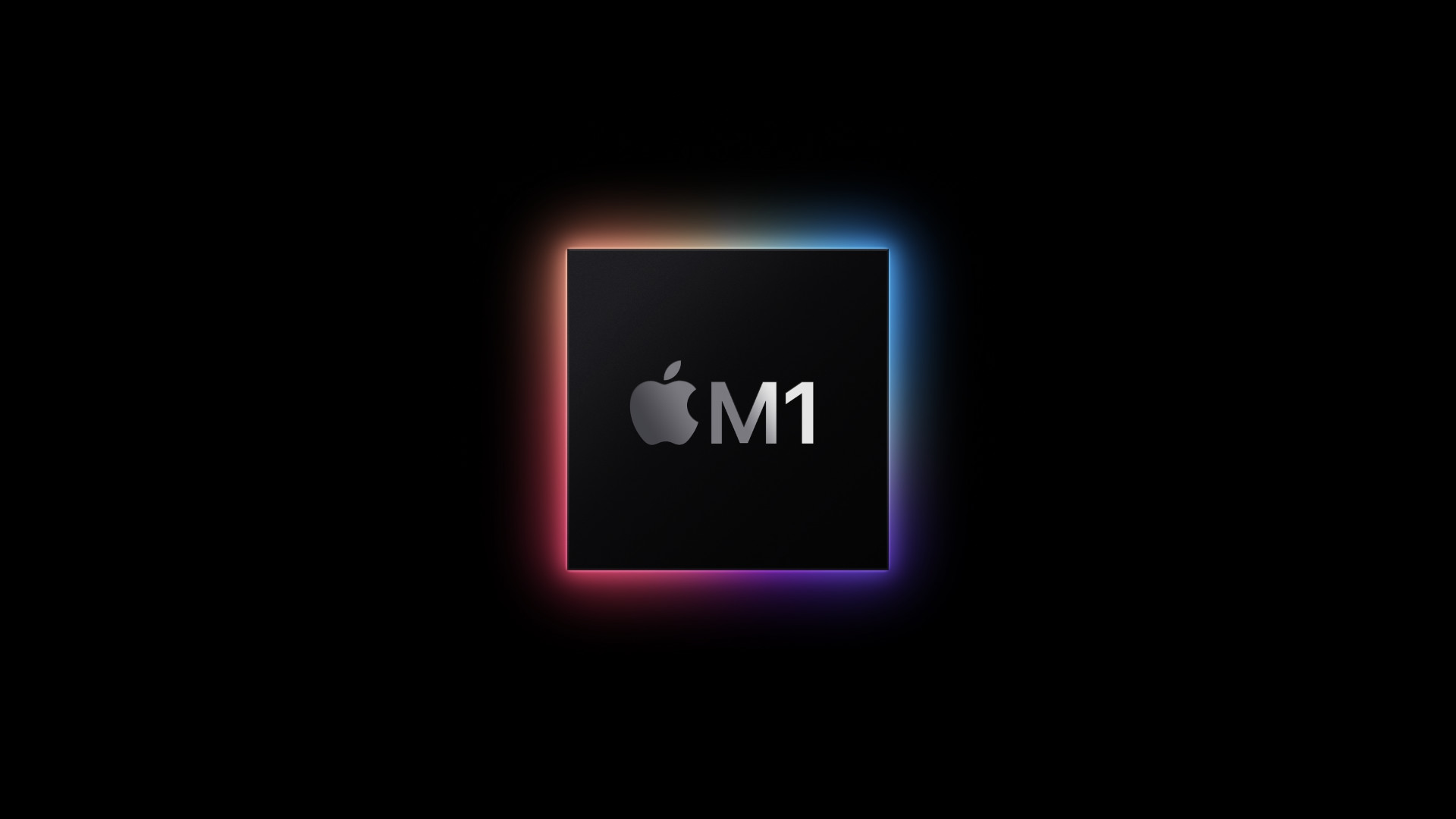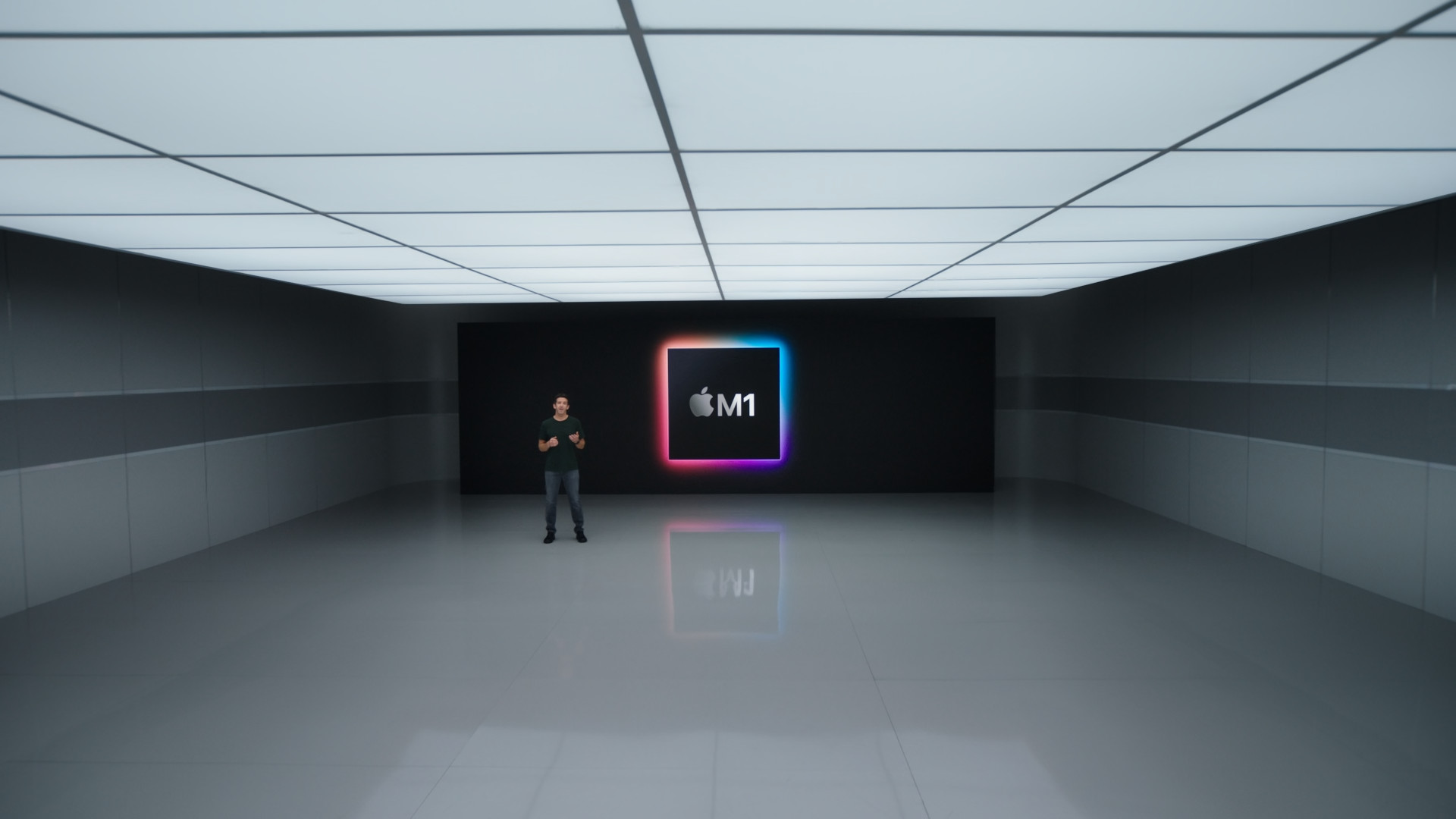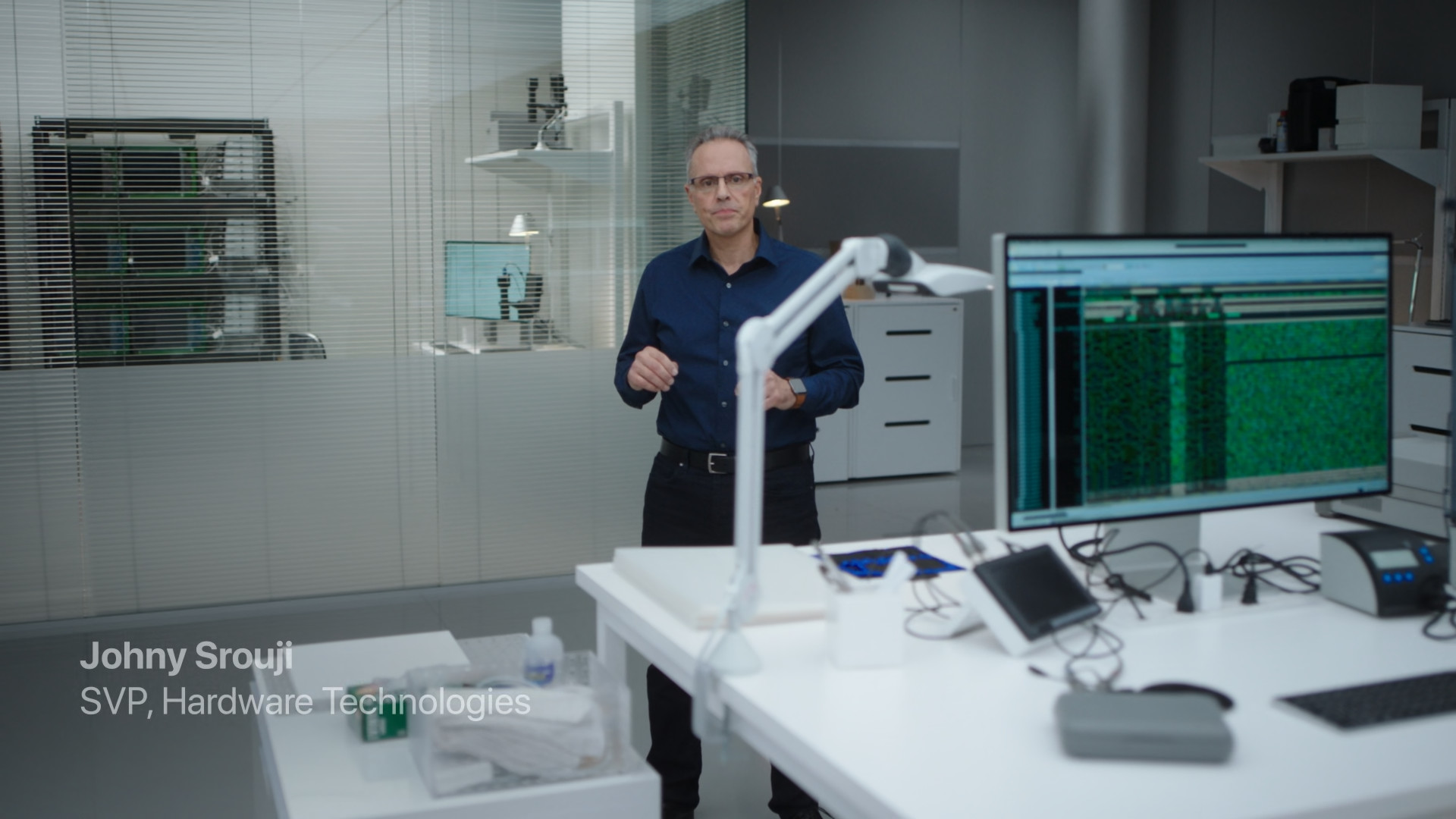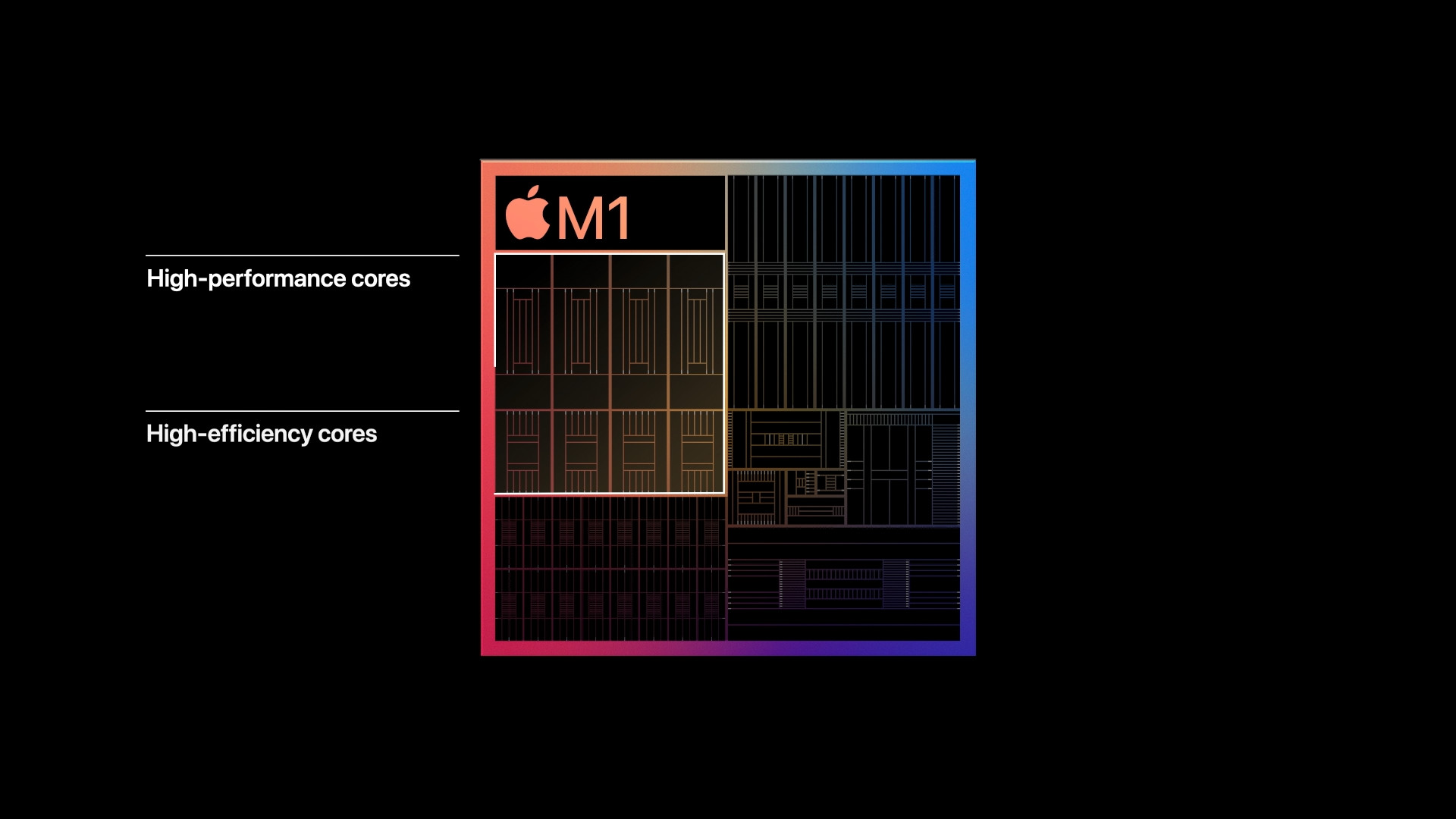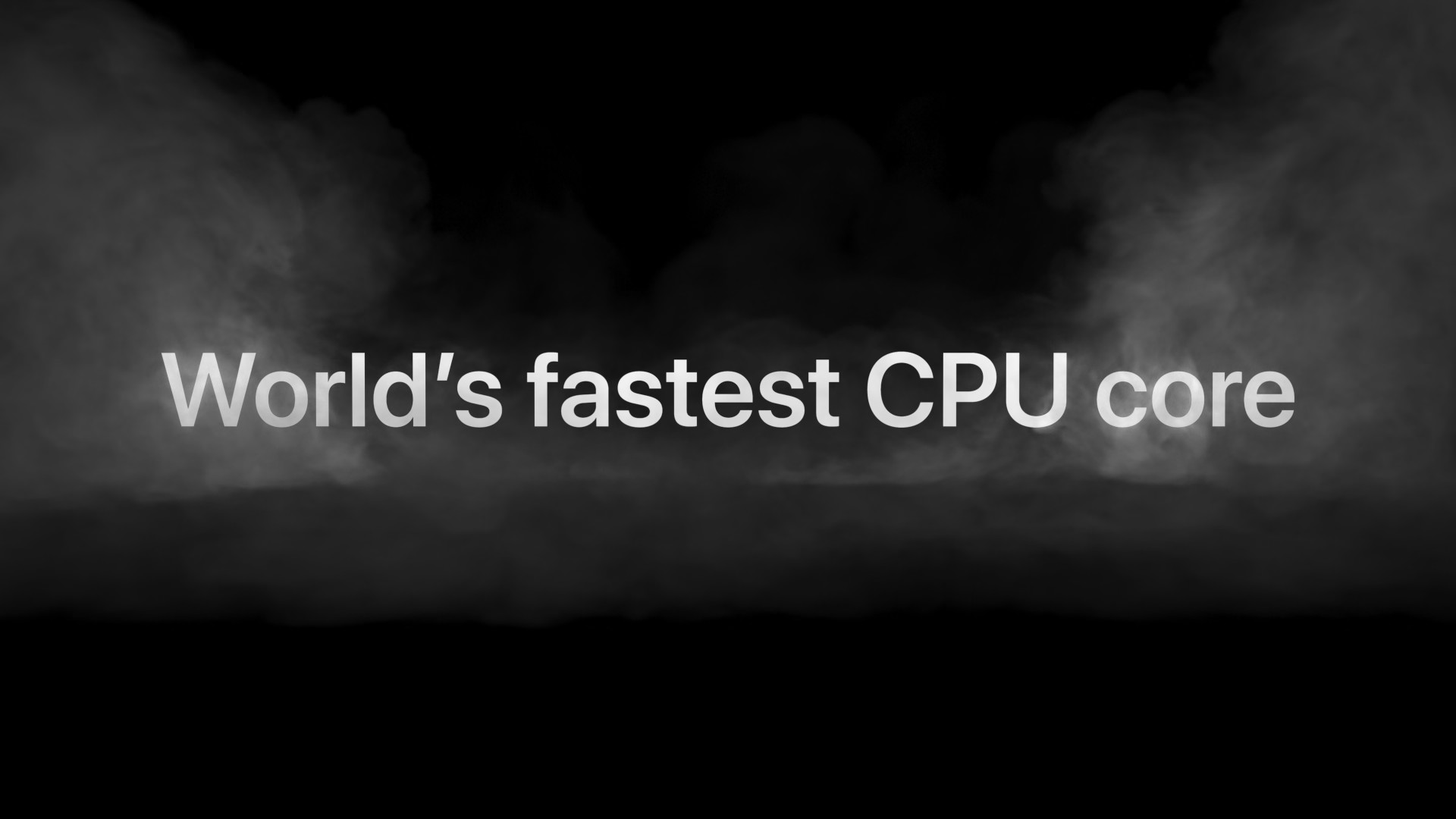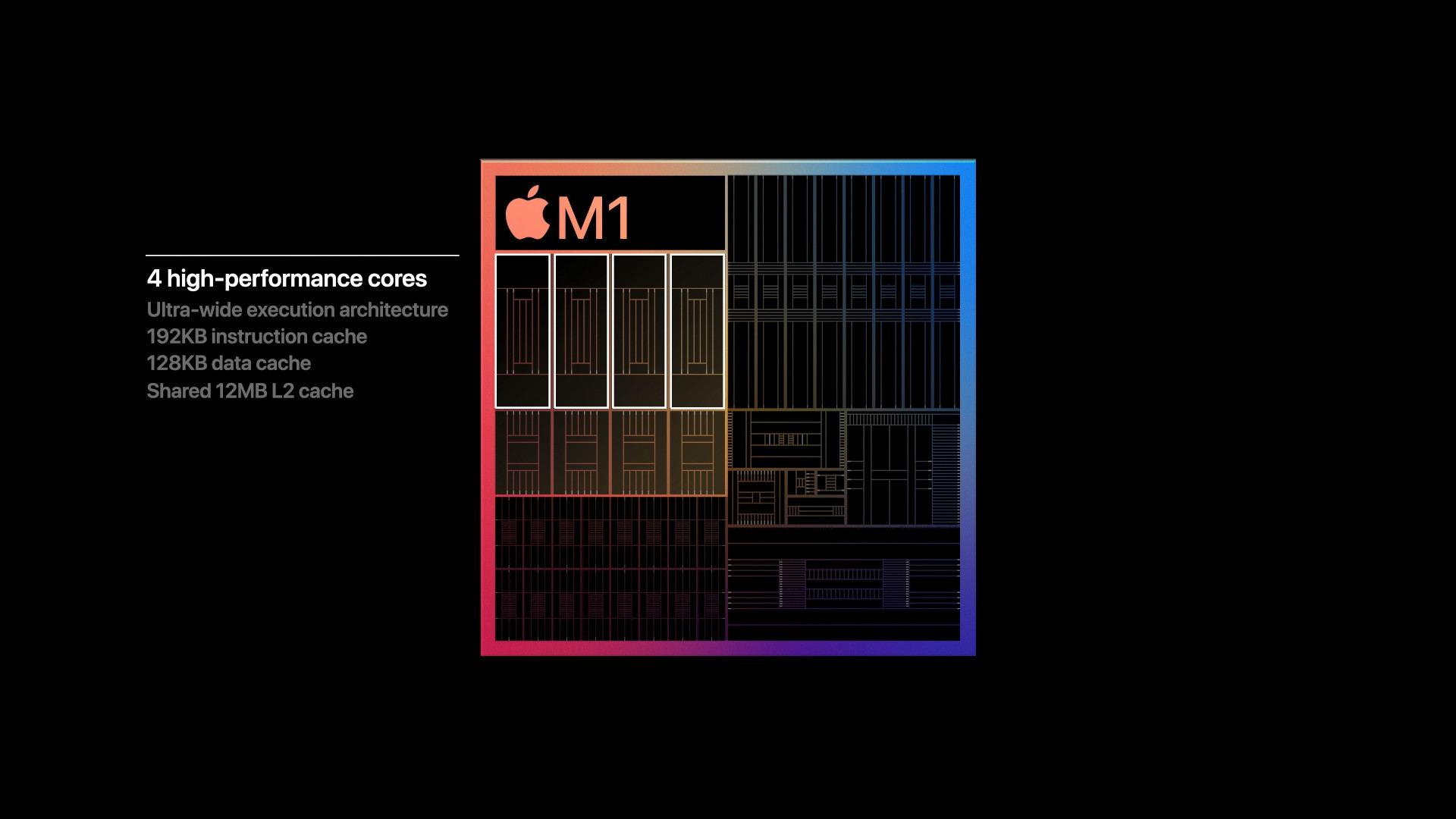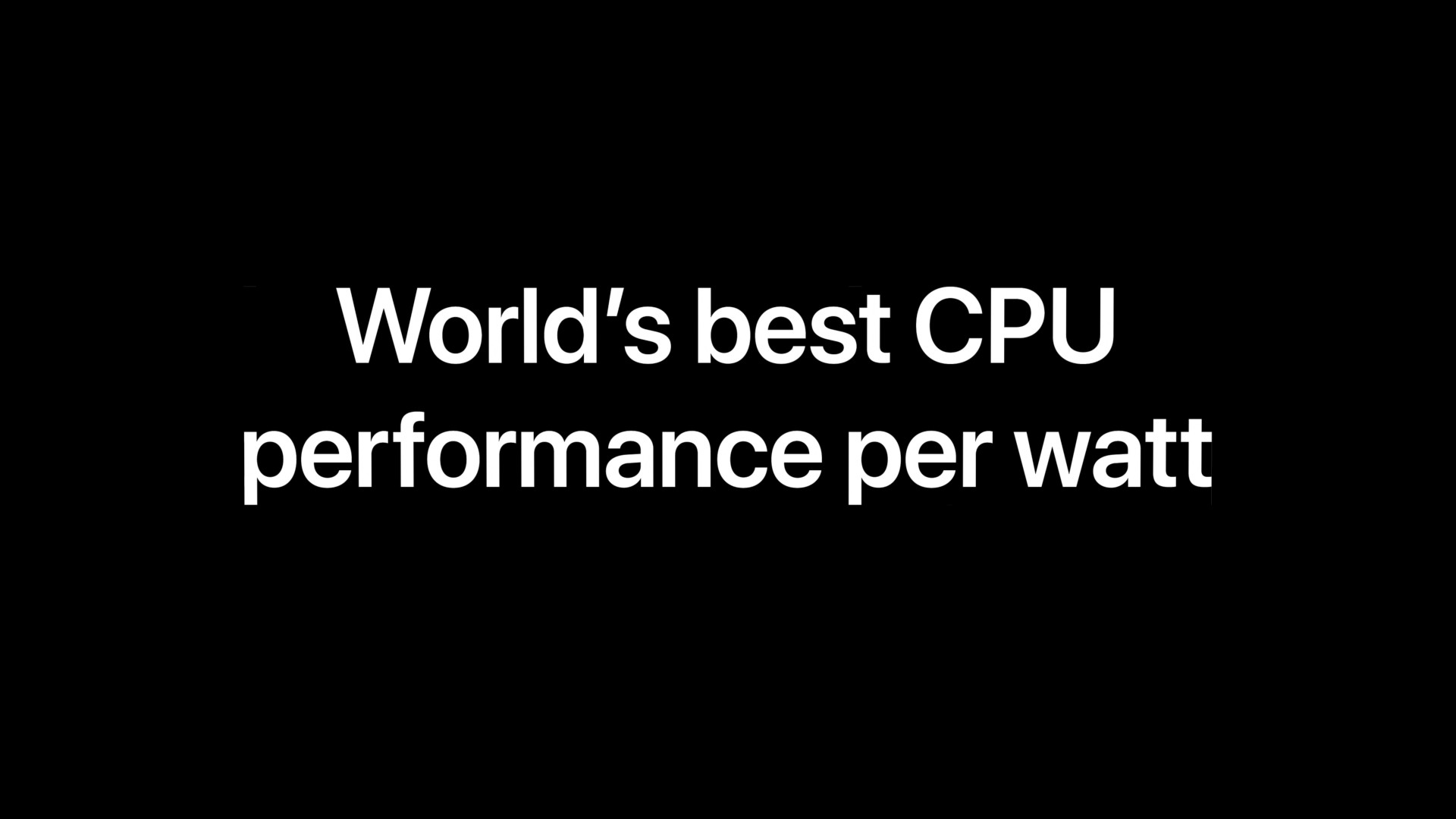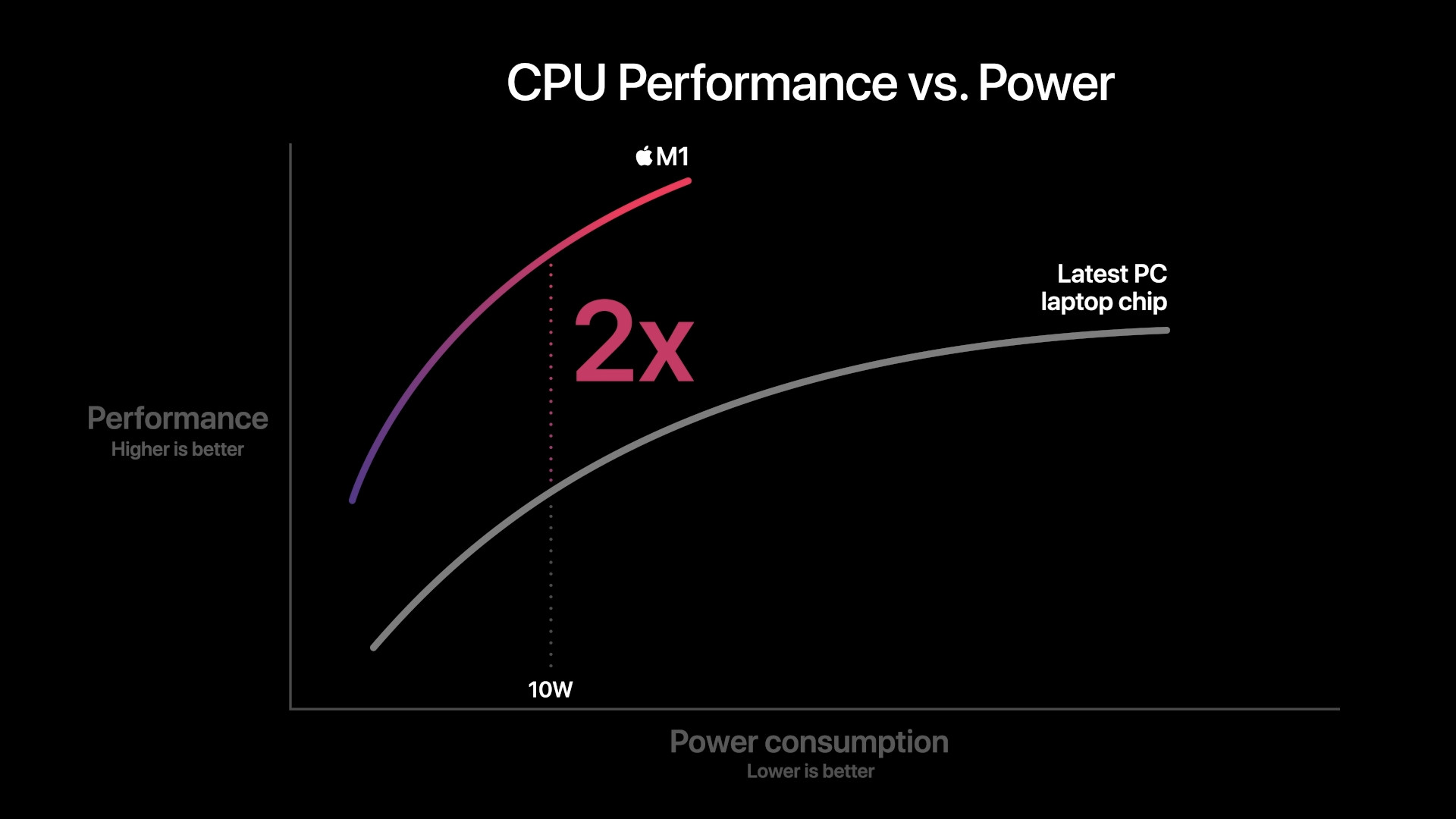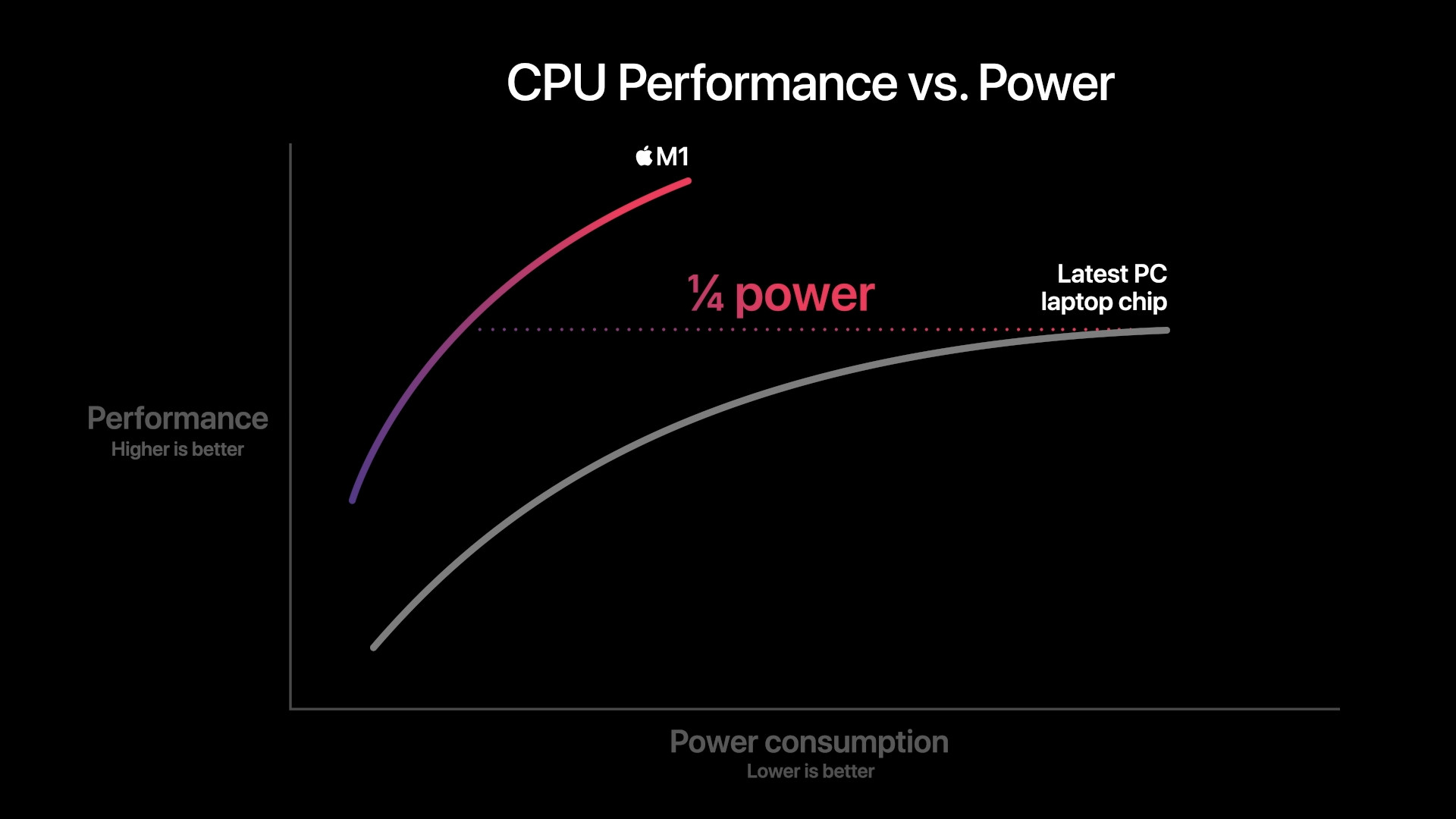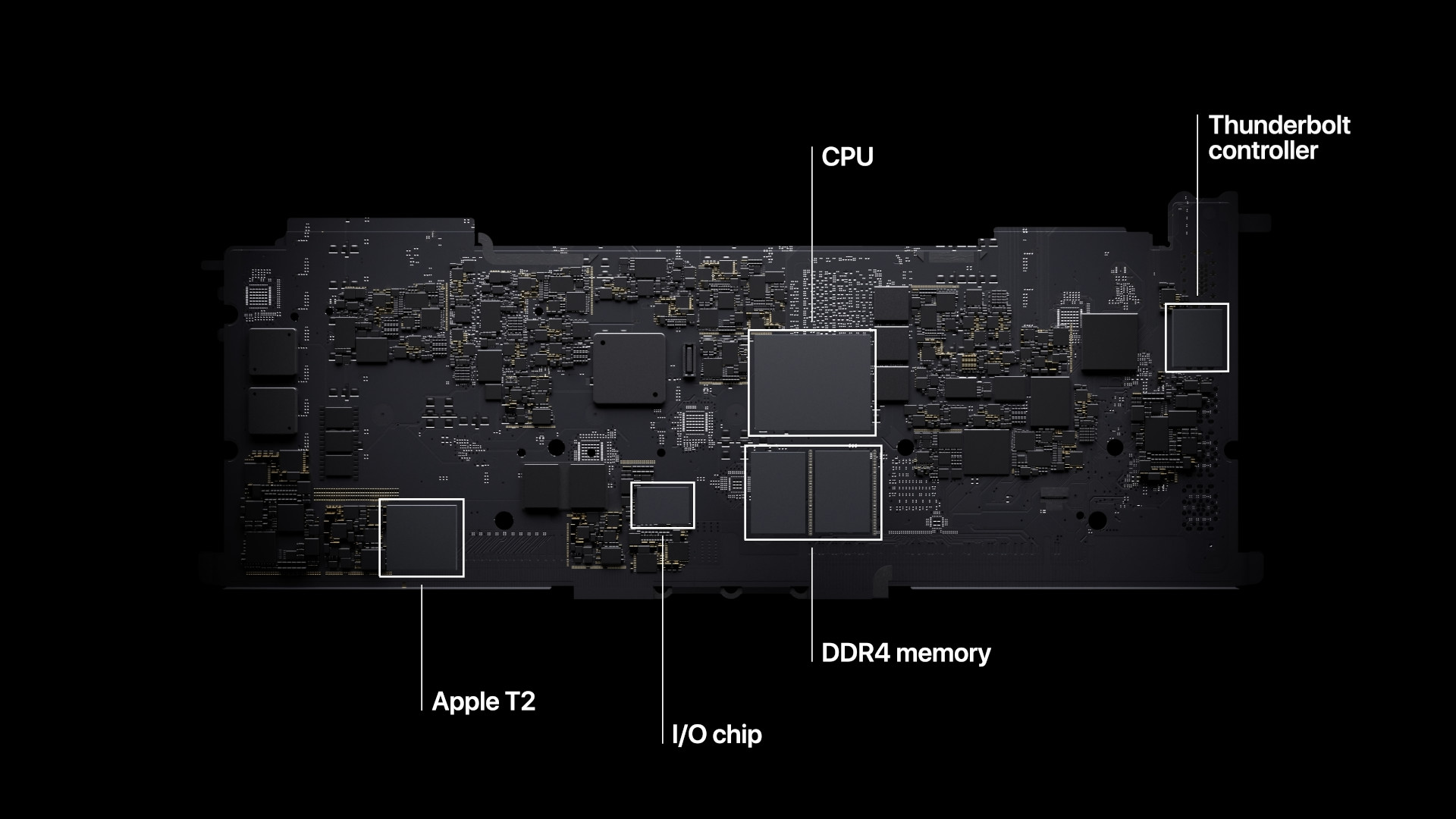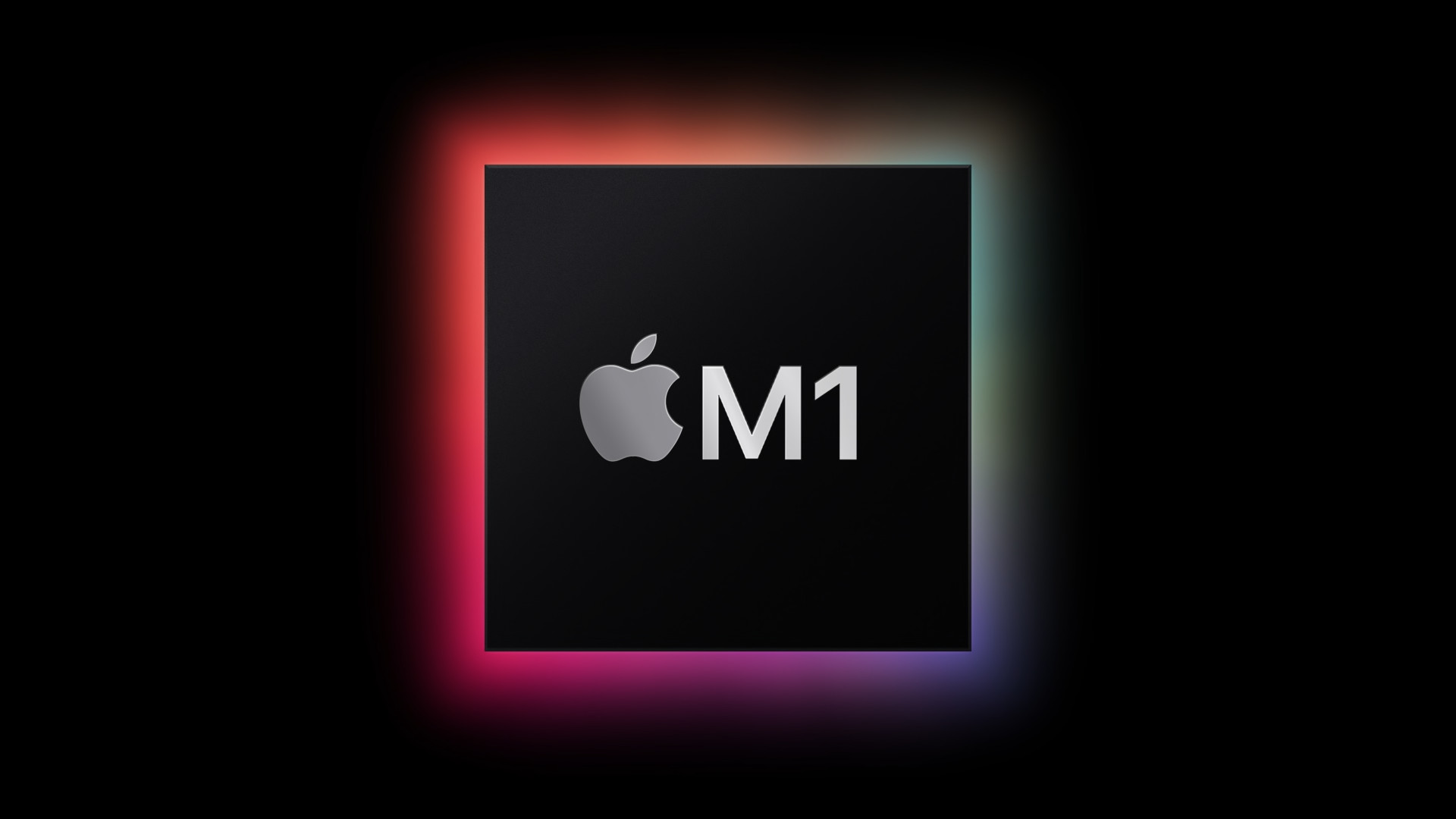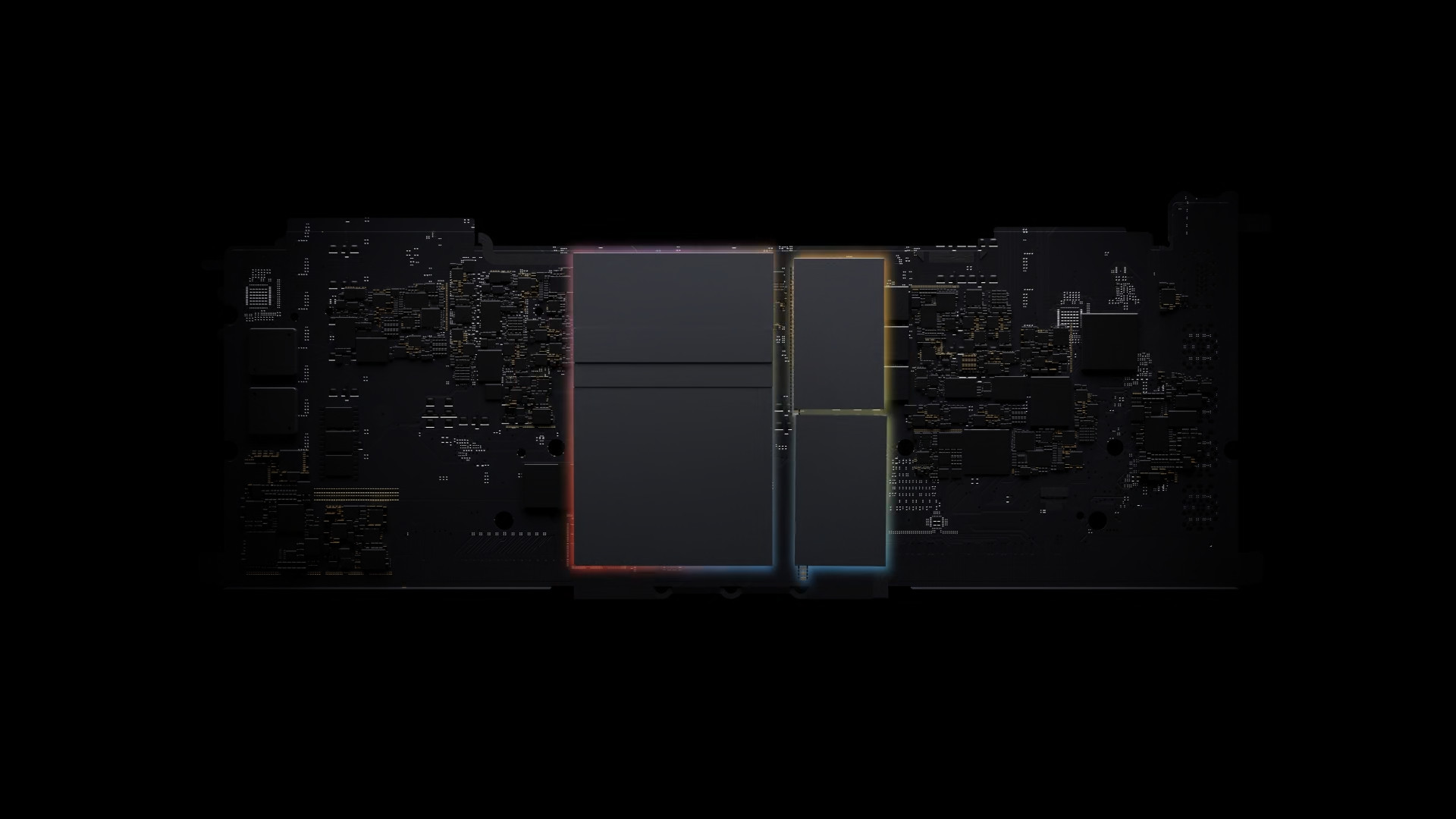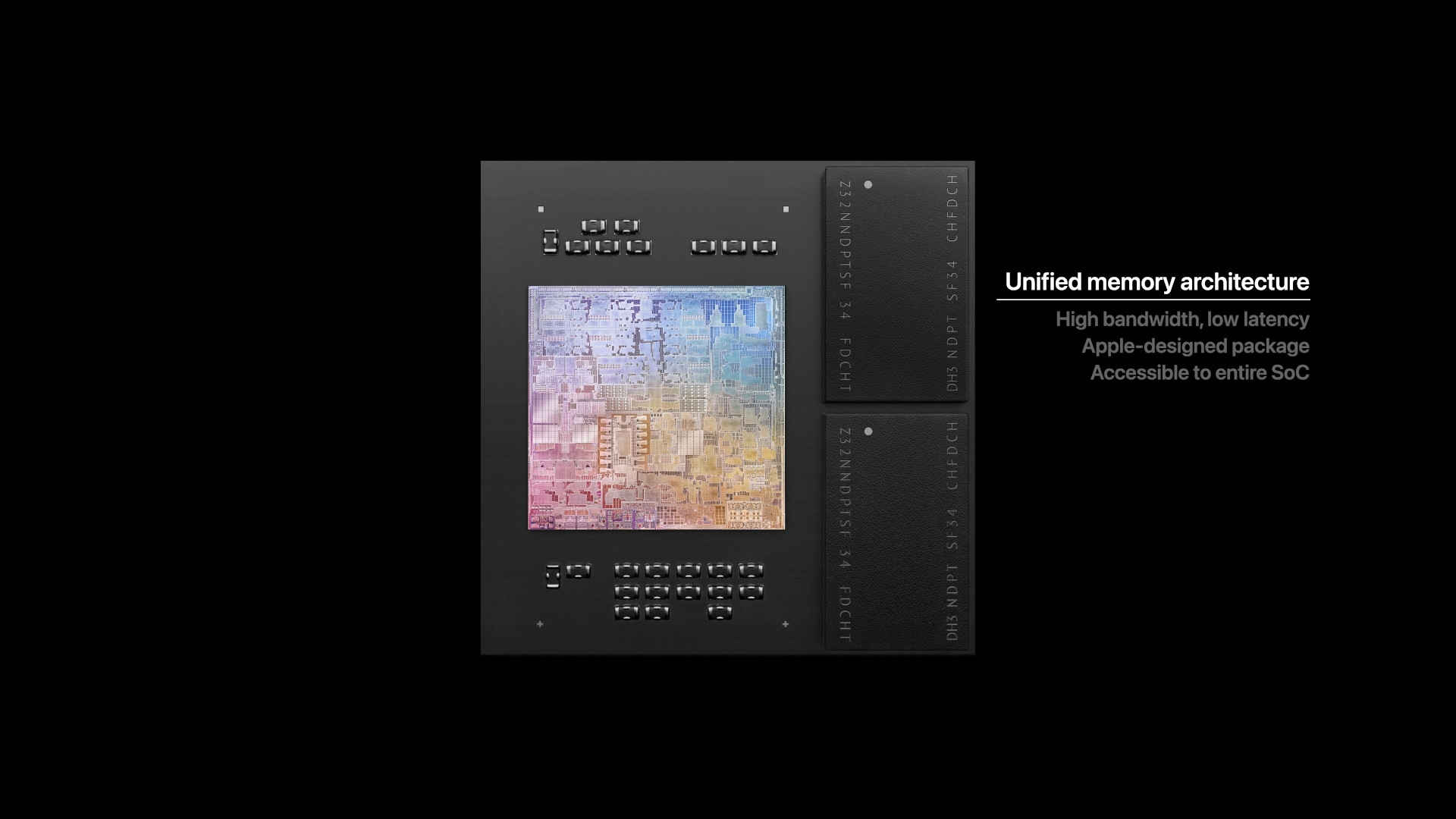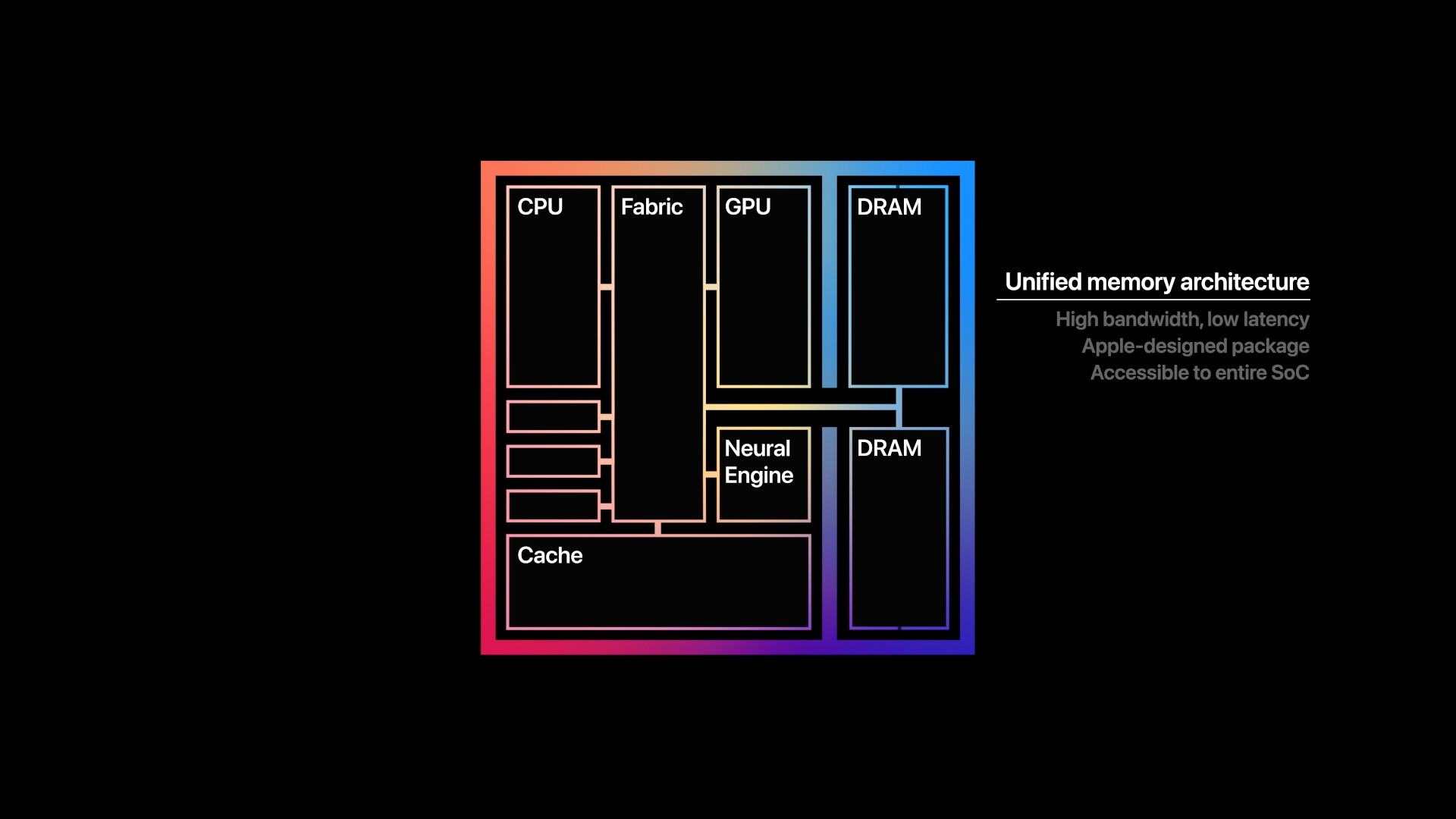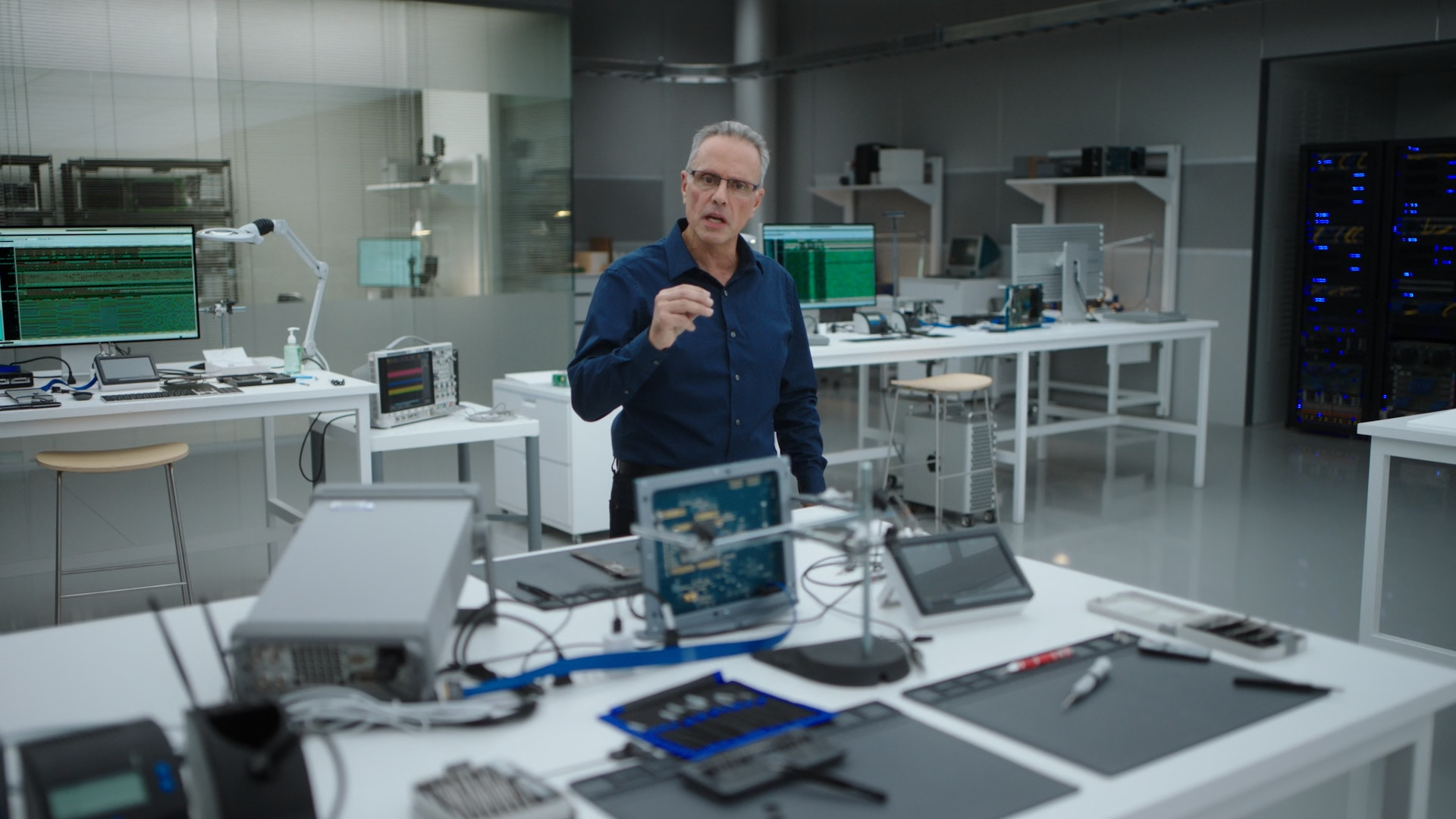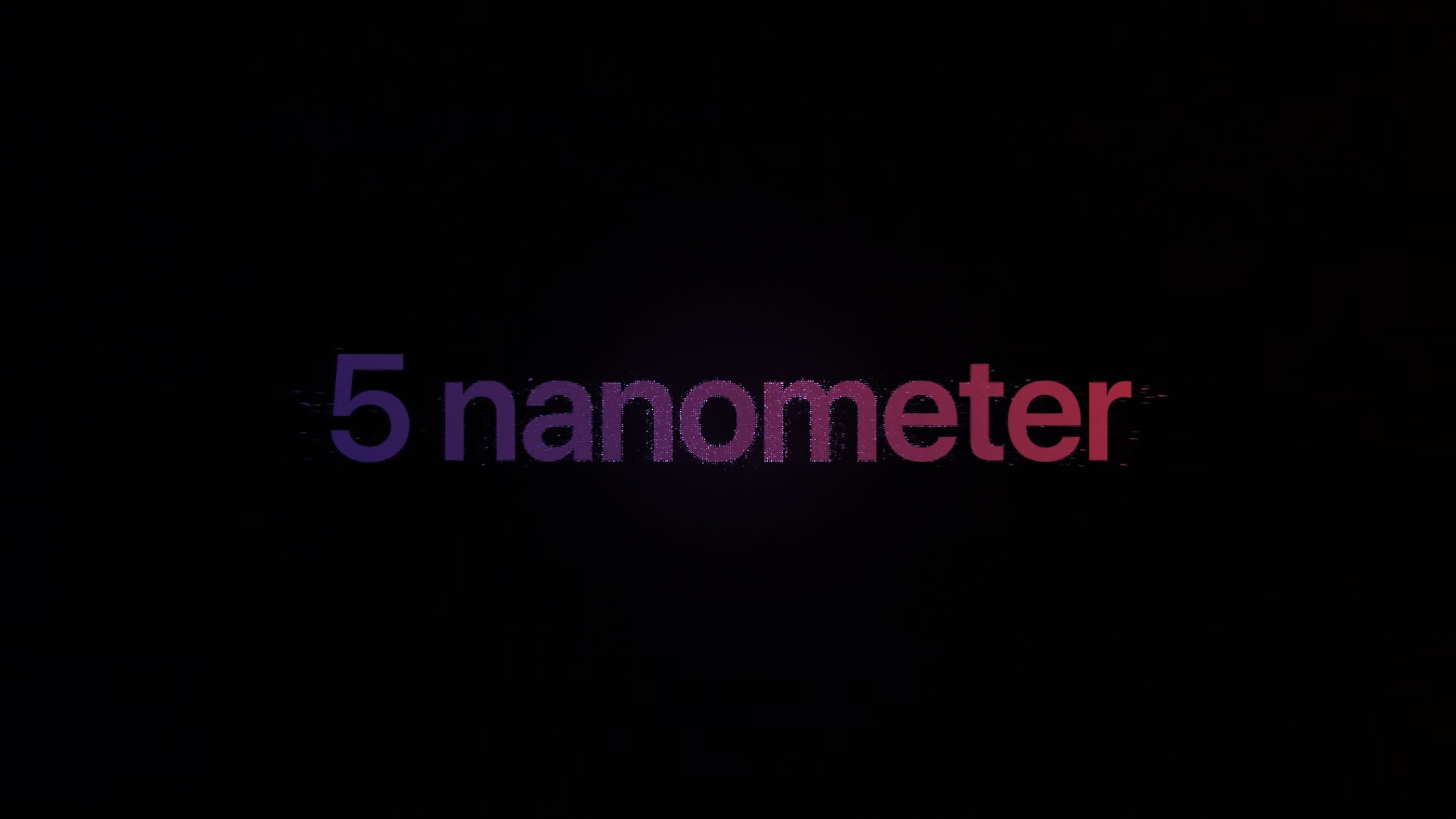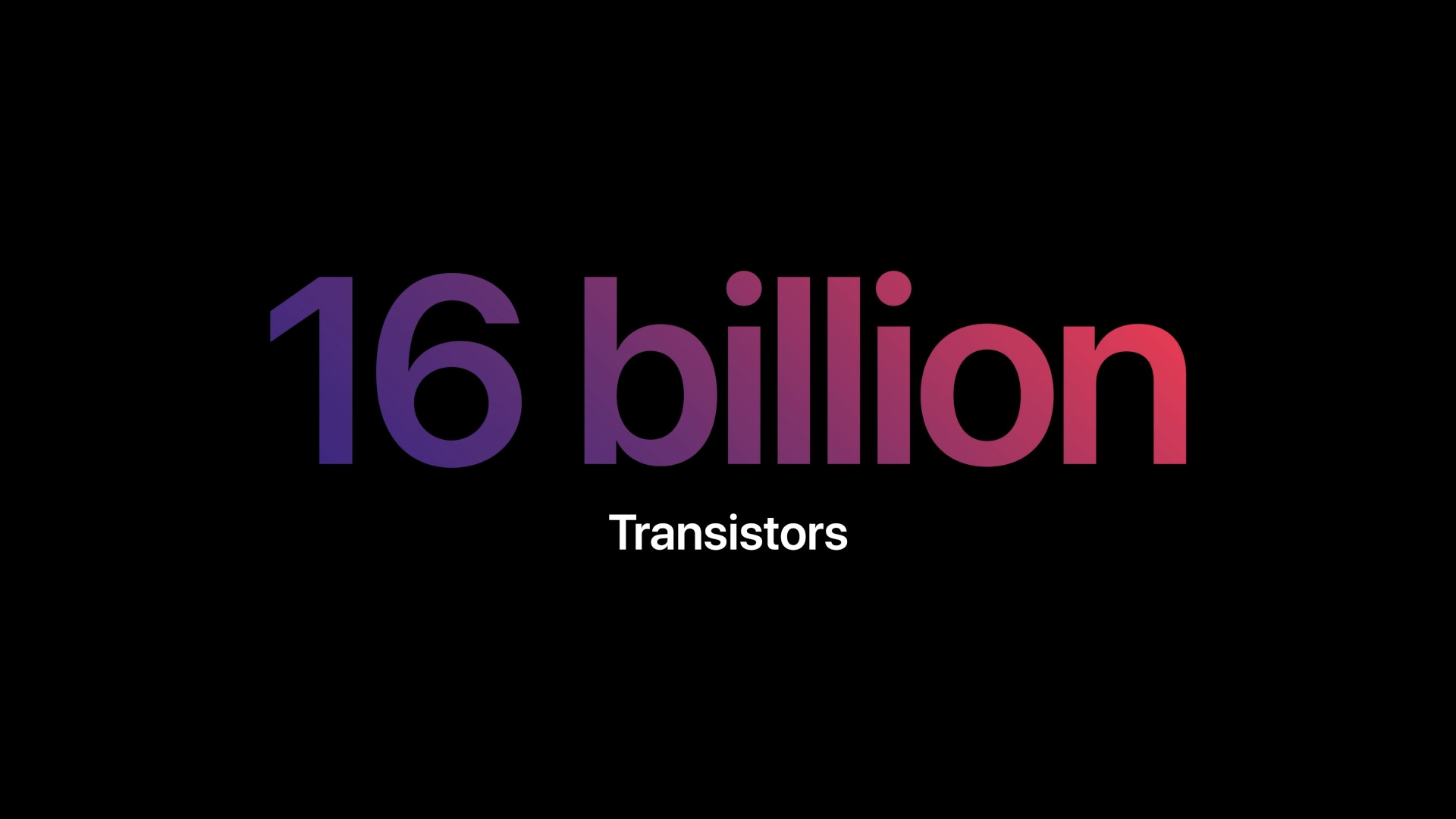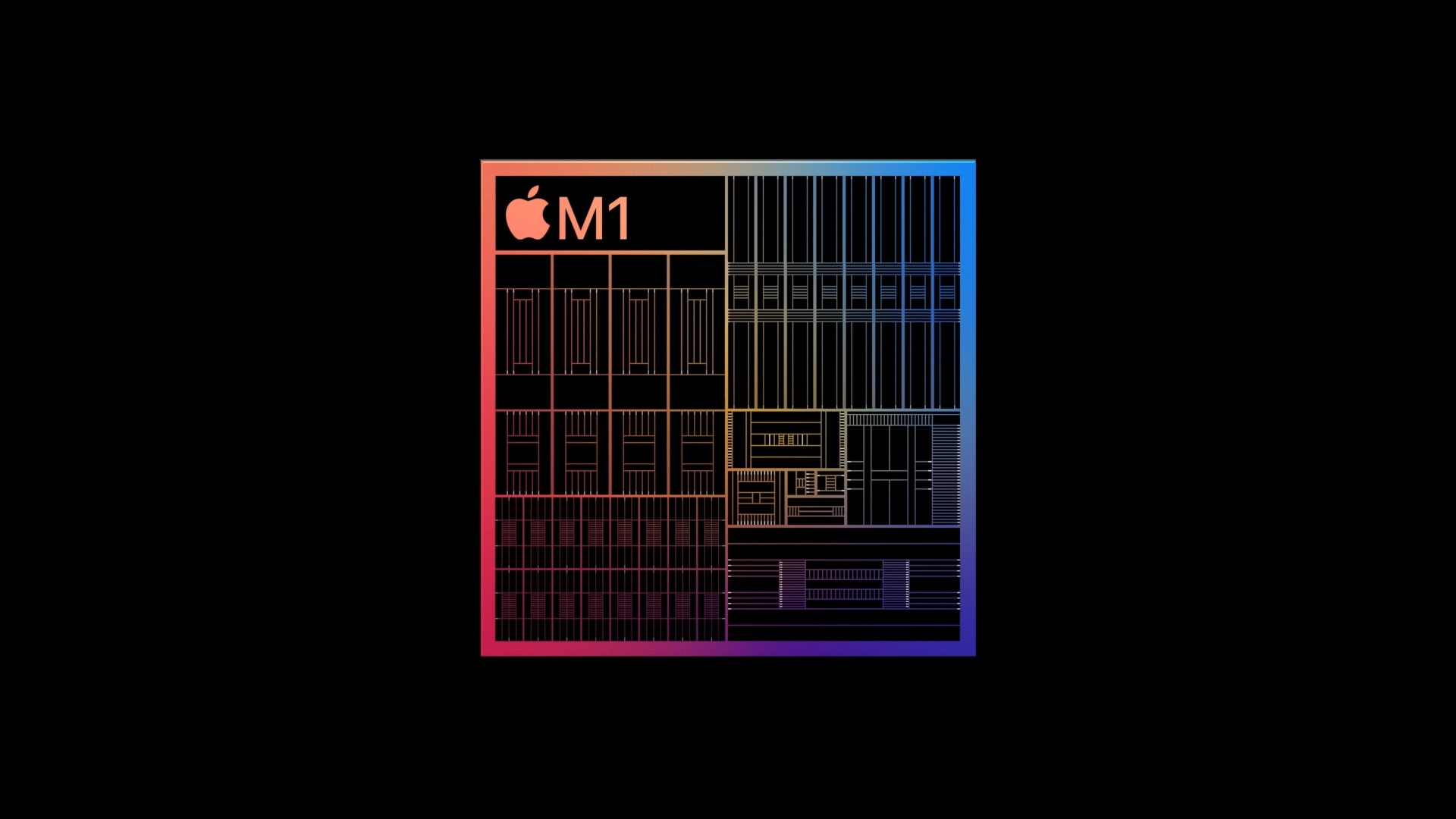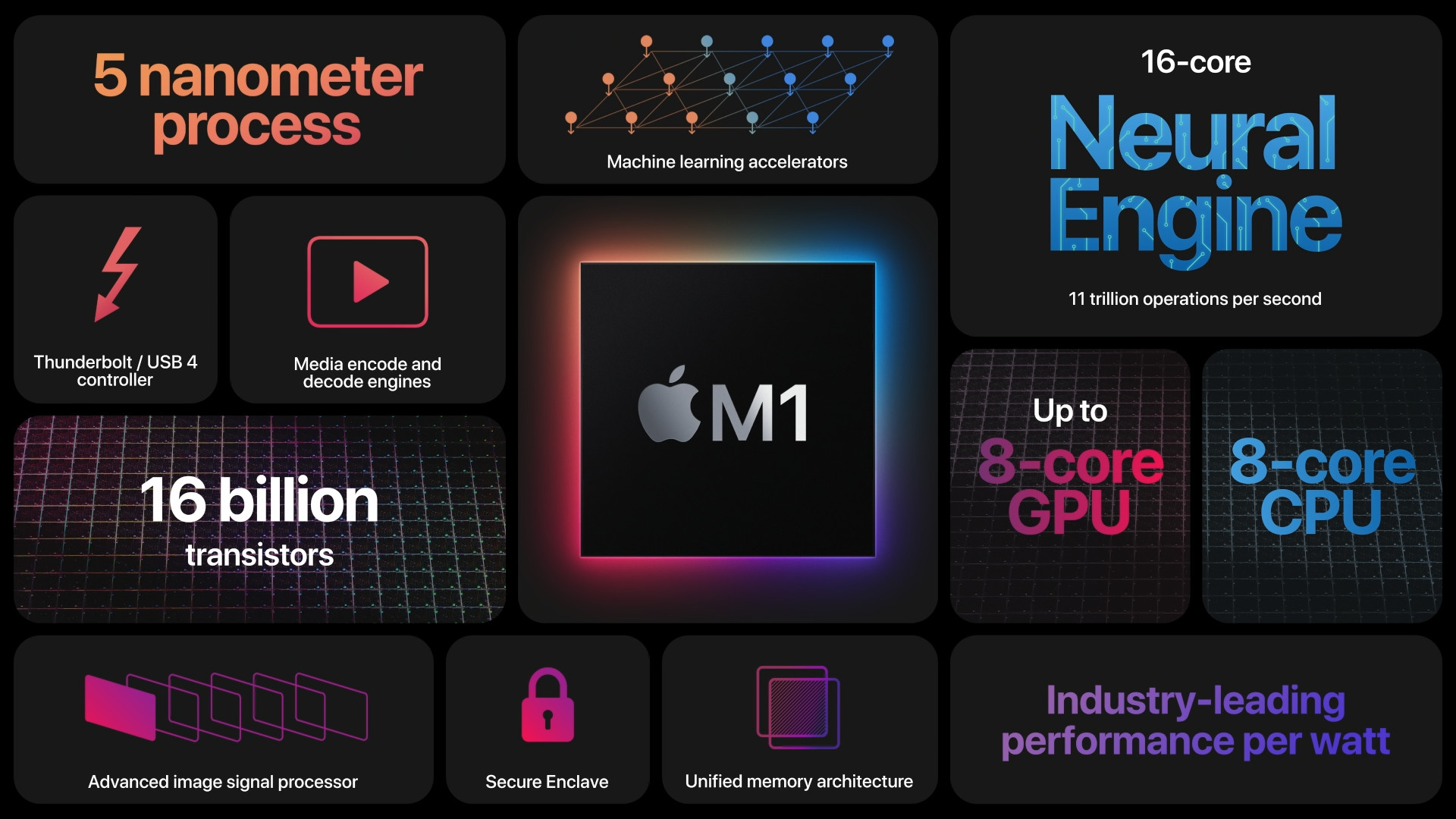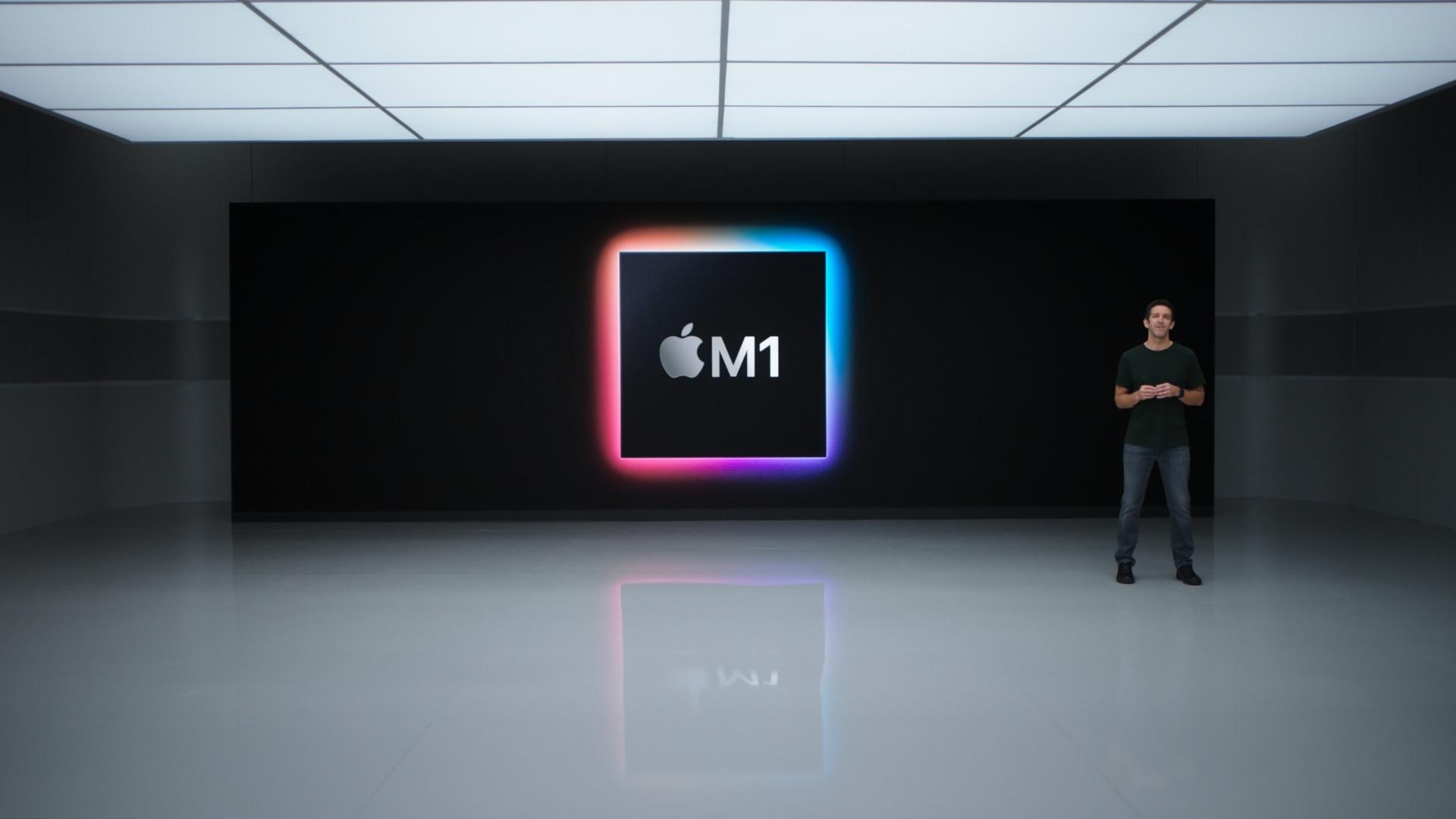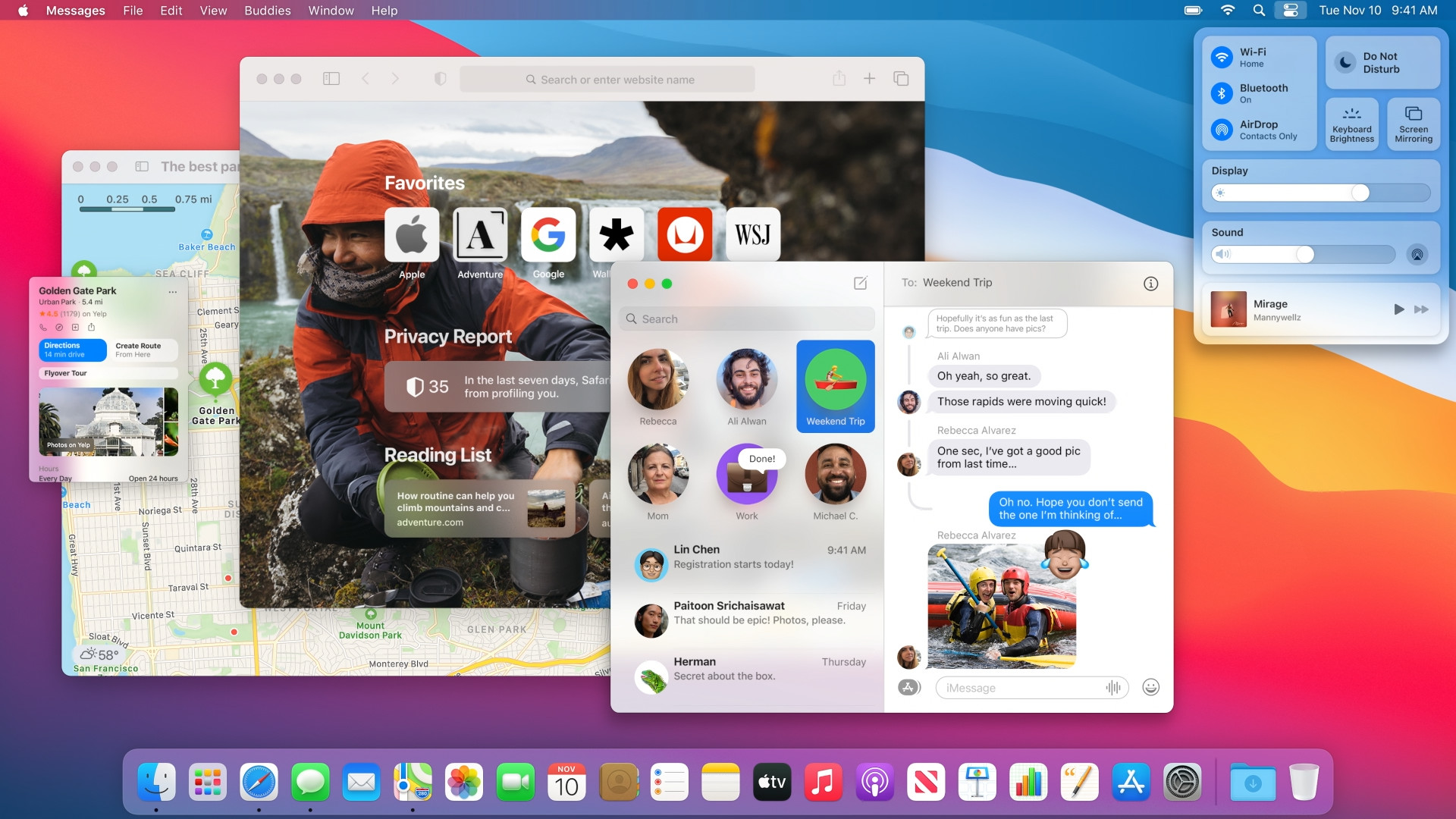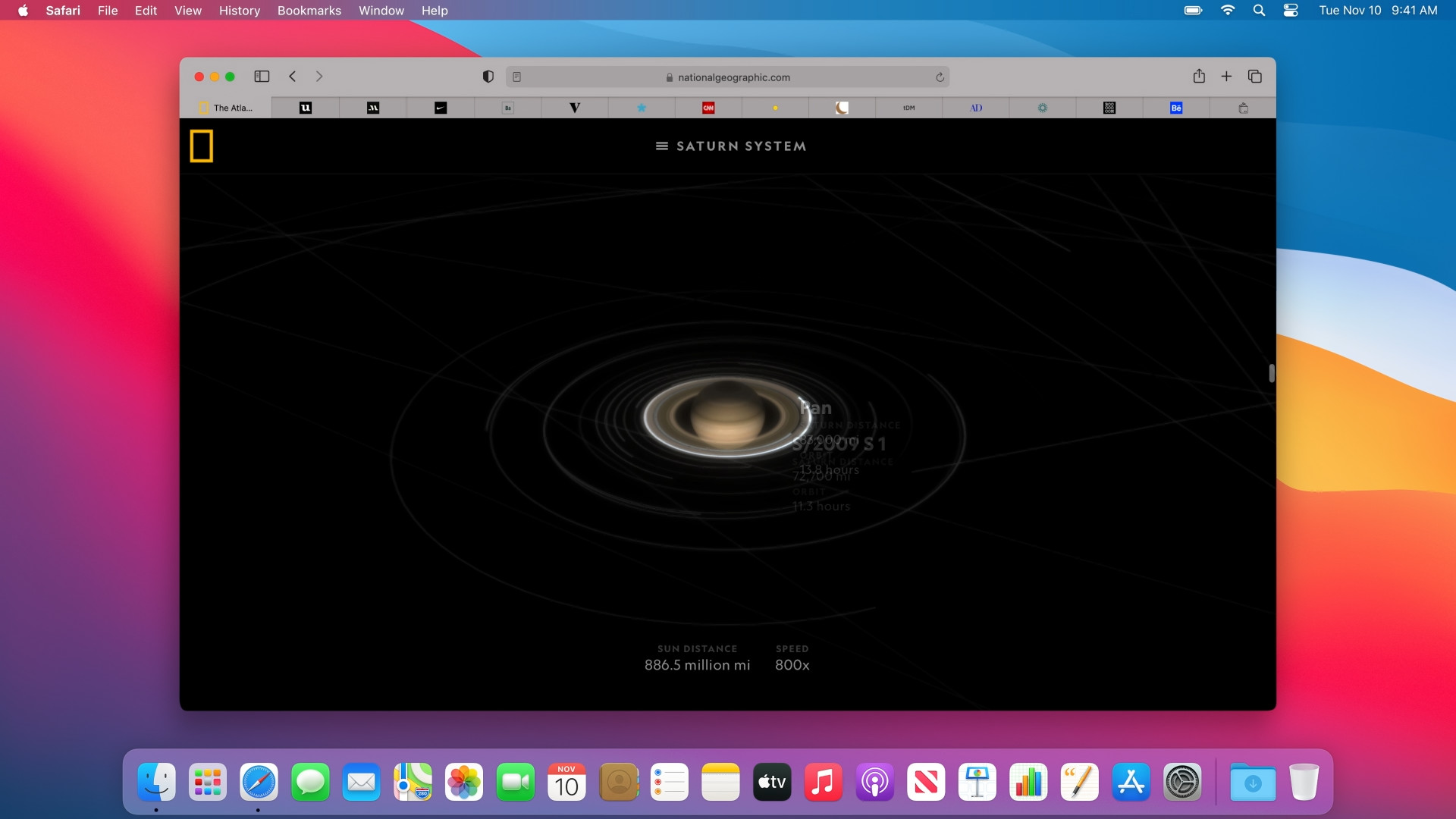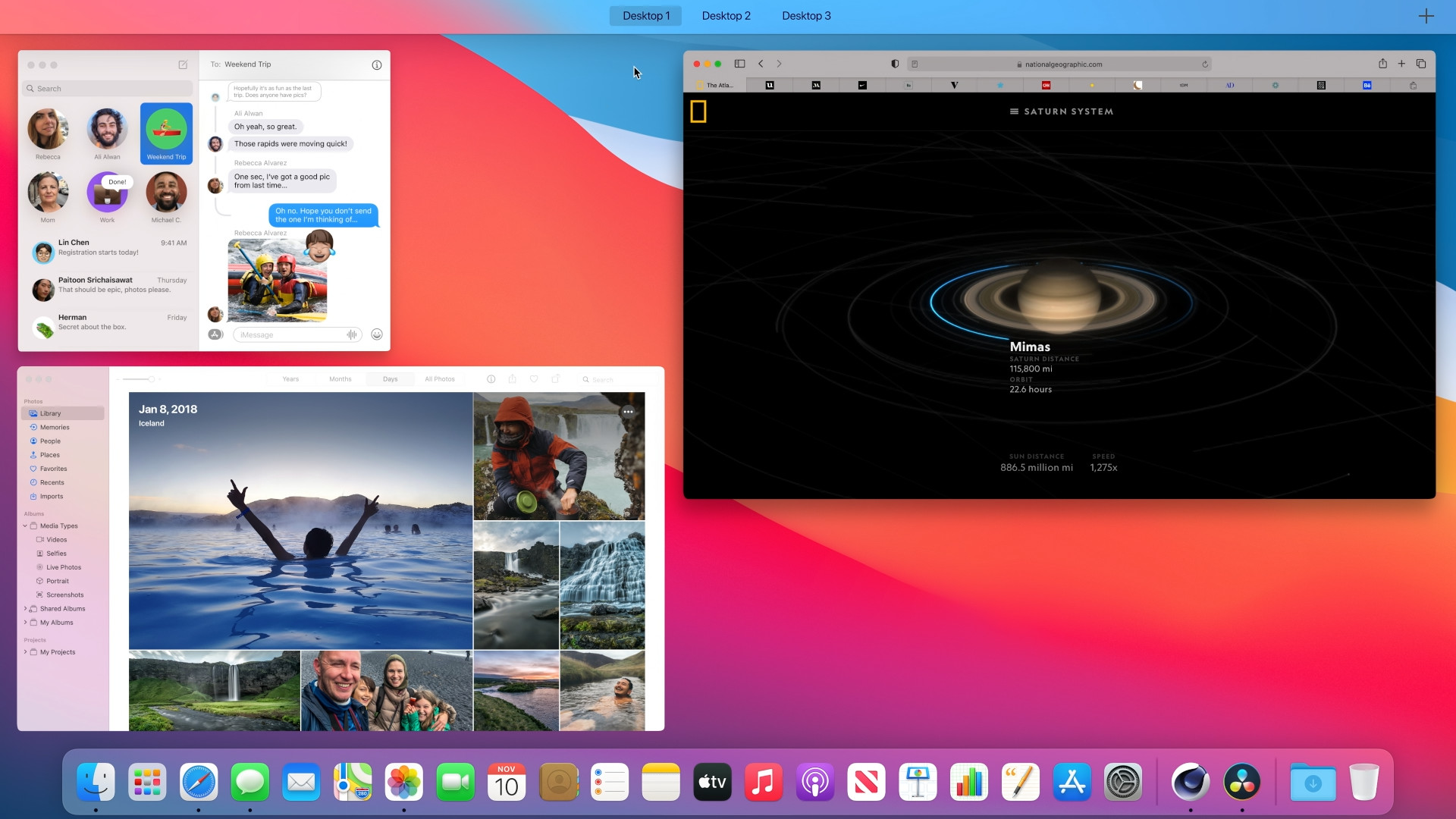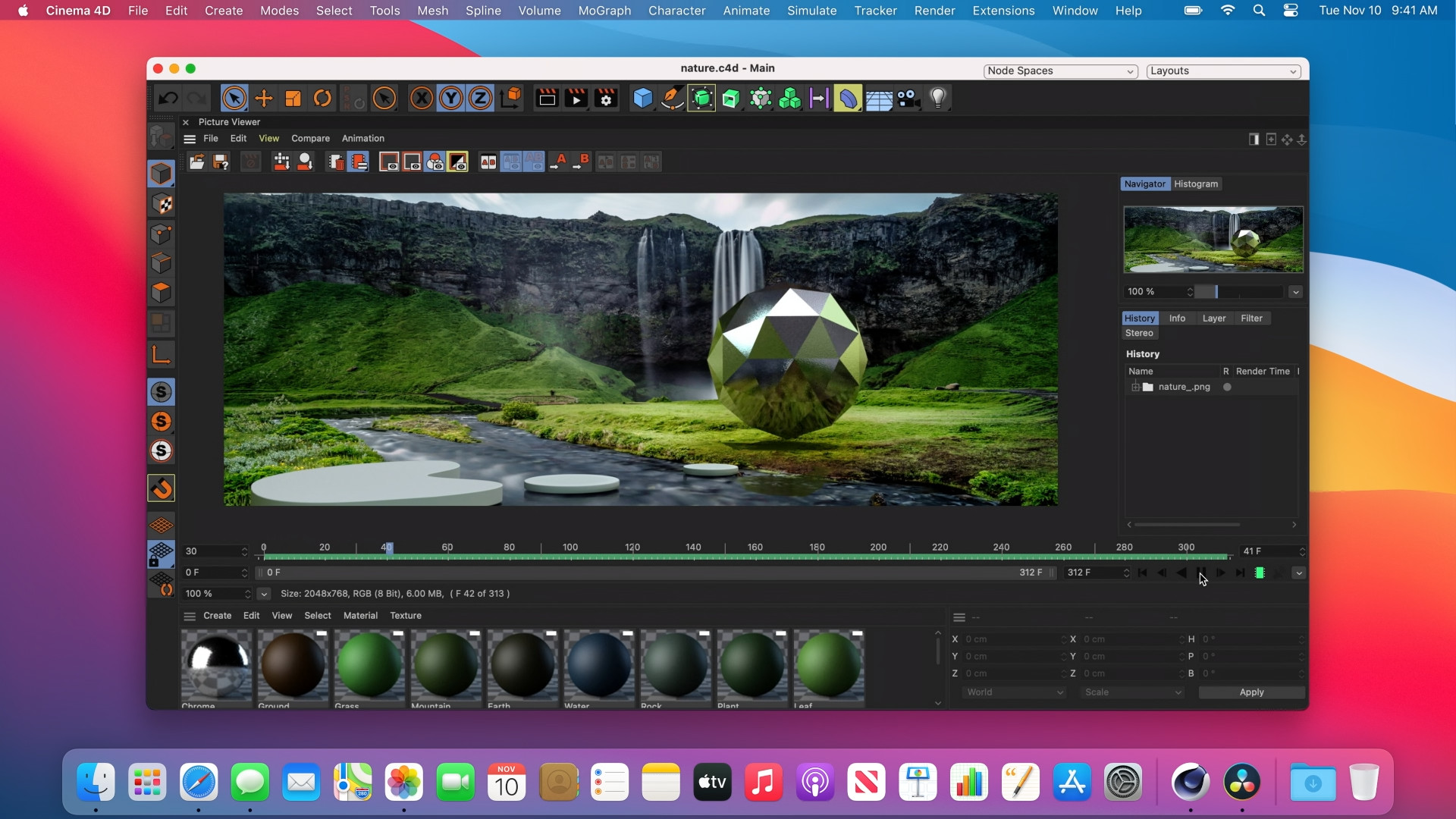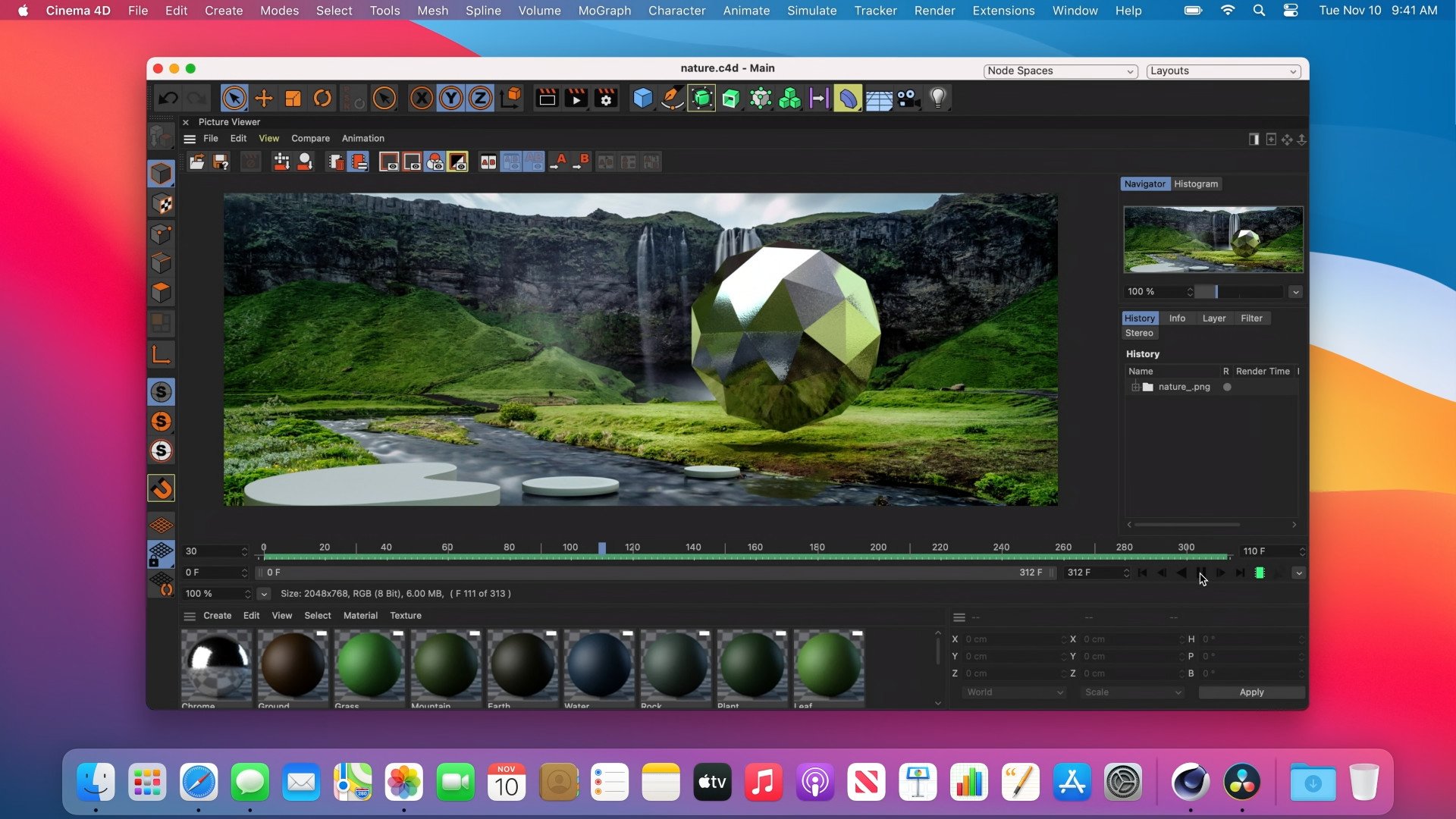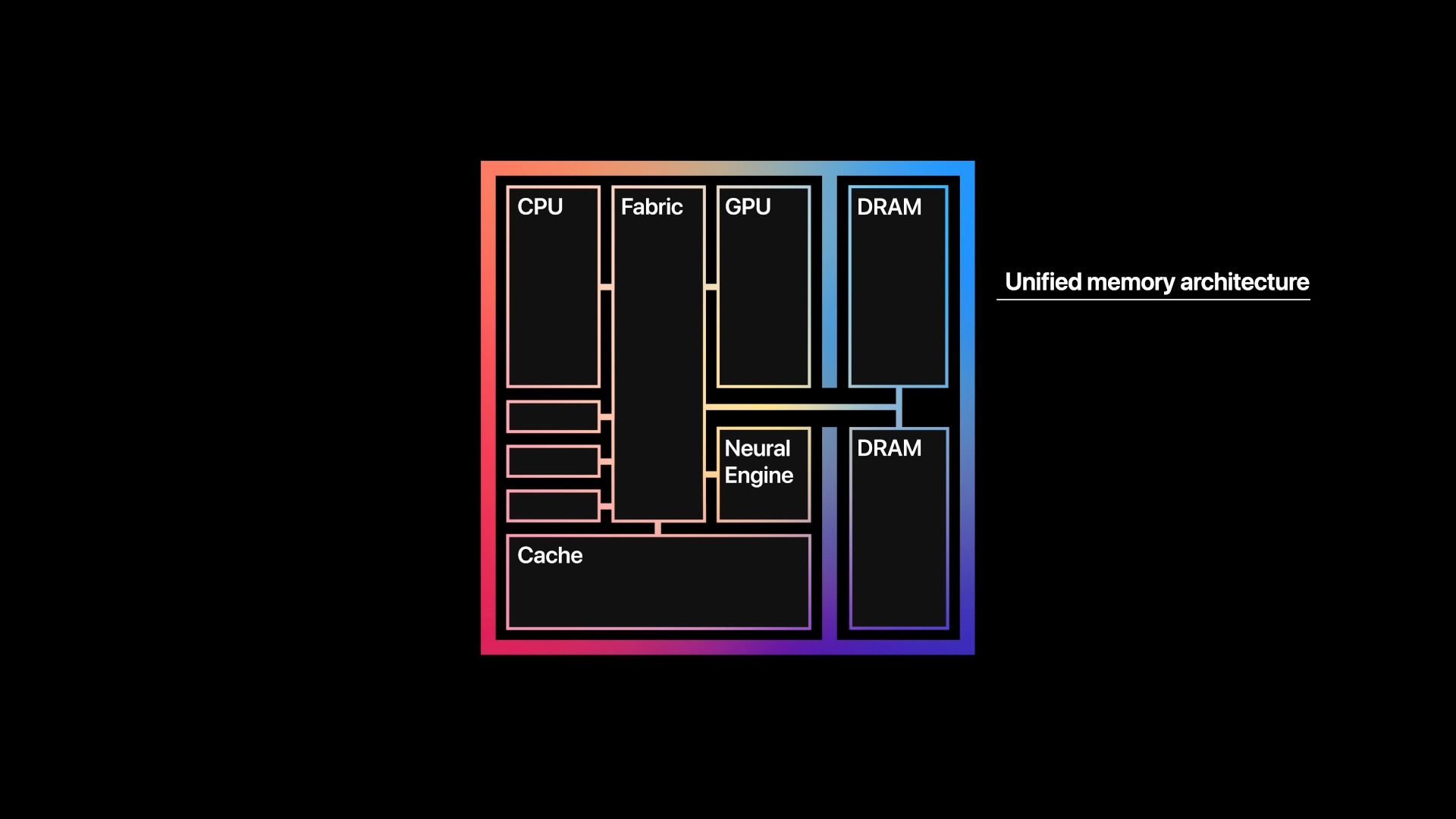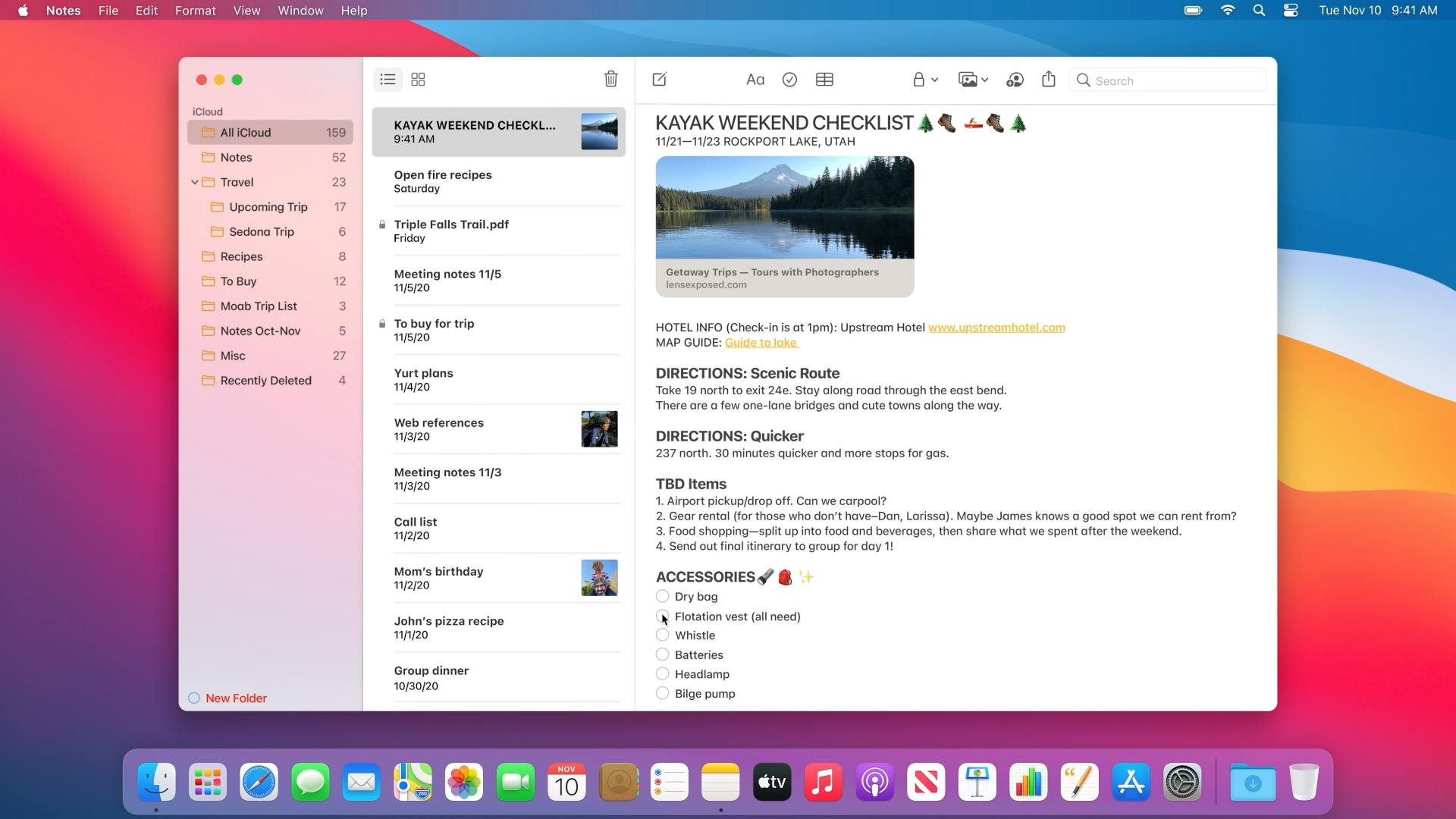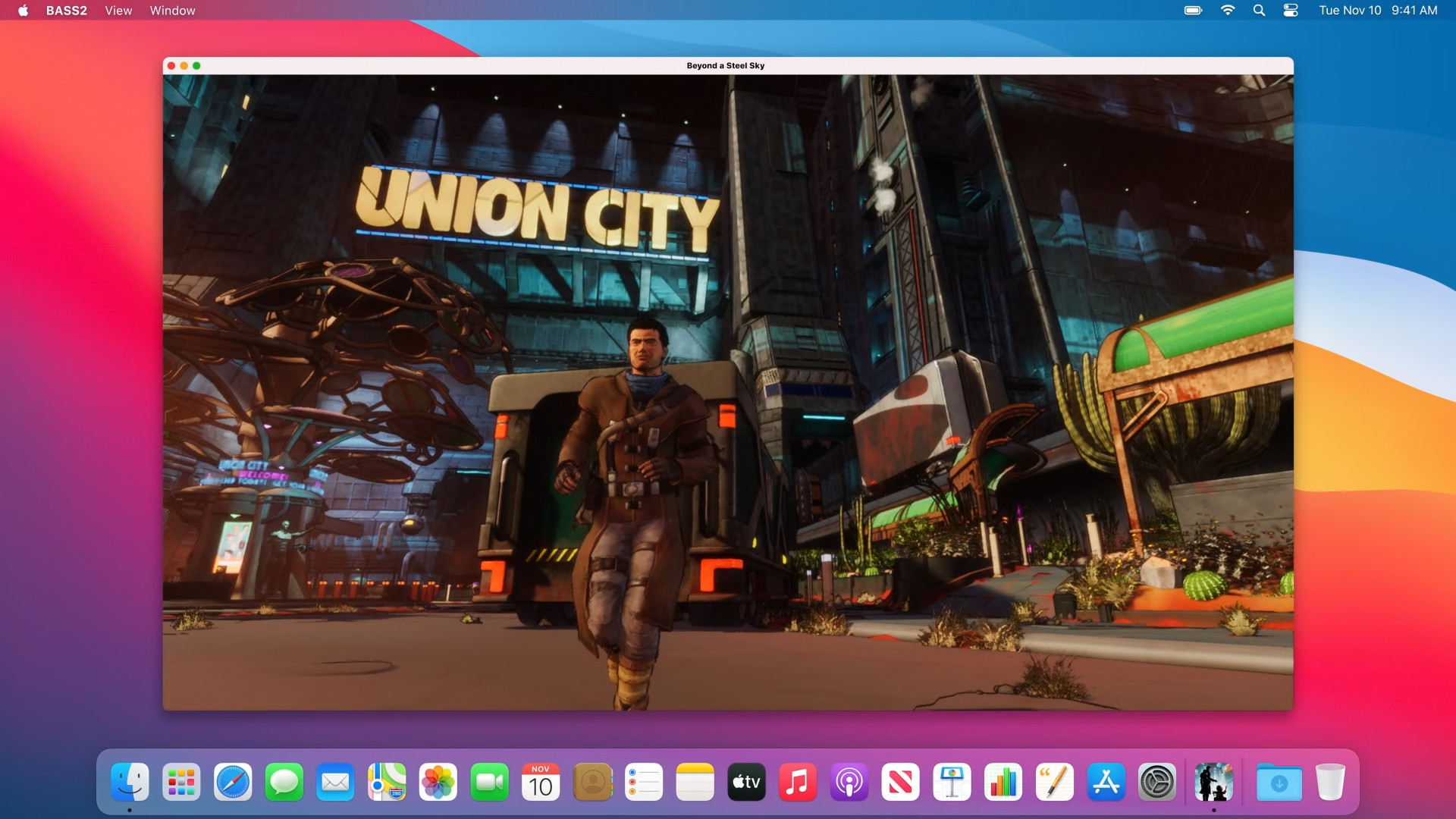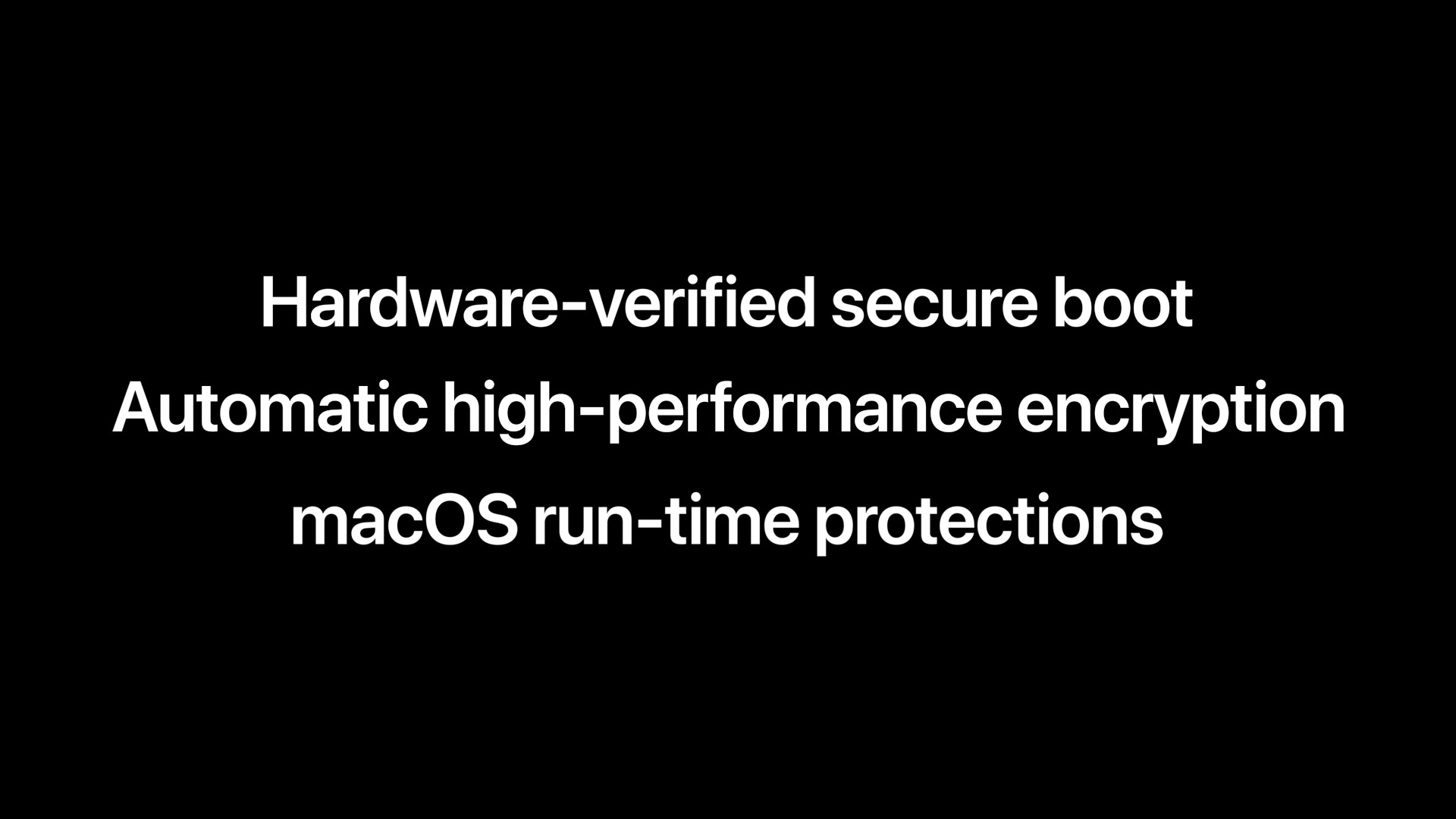This June, at the developer conference WWDC20, Apple introduced its own family of processors called Apple Silicon. The fact that Apple is preparing its own processors has been leaked for several long years, and today is the day we finally got it. After the first word from Tim Cook, the apple company introduced a new processor called M1. This processor is designed for Mac devices and is the first Apple processor for a personal computer.
You must be wondering how the Apple M1 chip is actually different from the others. Right from the start, the chip was only talked about in superlatives - in short and simply, the M1 is supposed to be incredibly powerful and economical. The M1 processor starts a whole new era for Apple. Just like the A14 Bionic processor, which beats for example in the iPhone 12 or iPad Air of the fourth generation, this processor is manufactured using a 5nm manufacturing process – as the first desktop processor in the world. The new M1 processor is incredibly complex - it has 16 billion transistors, 8 cores and 16 Neural Engine cores, which can handle up to 11 trillion operations per second. The processor uses the big.LITTLE architecture, namely 4 high-performance cores and 4 energy-saving cores. It also boasts 2.6 TFLOPS and 128 EU.
According to the information provided by Apple, this is one of the best processors on the market - specifically, it should offer the best performance per watt. Compared to Intel, the M1 is supposed to offer up to twice the performance and a quarter of the consumption. The graphics accelerator offers 8 cores – again, it is supposed to be the fastest integrated GPU in the world. There is Thunderbolt 3 support and the integration of the latest generation of Secure Enclave. However, since it is a new platform, it was necessary to adapt the operating system itself – which is, of course, macOS 11 Big Sur. He comes with great news.
macOS Big Sur in symbiosis with the M1 processor
Thanks to the extremely powerful Apple M1 chip and an elaborately customized system, the Mac can cope with practically instant launch of applications. This also applies to the native Safari browser, which is up to twice as fast on the M1. This transition also means easier video editing or editing 3D graphics. In addition, the M1 combined with Big Sur offers improved security. One could say that the latest Mac operating system is literally "tailor-made" for the new chip. Until now, it was a matter of applications. Apple revealed to us that all native programs are well optimized and can run even faster. The novelty called Universal Apps is related to this. These are the type of apps that will offer support for both Intel processors and the M1 chip. This gives developers a great opportunity to maintain two development branches, each targeting a different system of course.
As we mentioned in the opening article, the Californian giant decided to create one family of its chips. In this sense, the M1 is perfect for the developers themselves, because it perfectly scales the performance of the iPhone or iPad applications themselves, since their architecture is identical. For example, the process of converting apps from iOS/iPadOS to macOS is extremely fast. Subsequently, Apple showed us a great video, in which the developers themselves showed enthusiasm for the interconnectedness of the Big Sur system and the M1 chip. Representatives from Affinity, Baldur's Gate, and even Adobe appeared in this video.
- Newly introduced Apple products will be available for purchase in addition to Apple.com, for example at Alge, Mobile Emergency or u iStores
